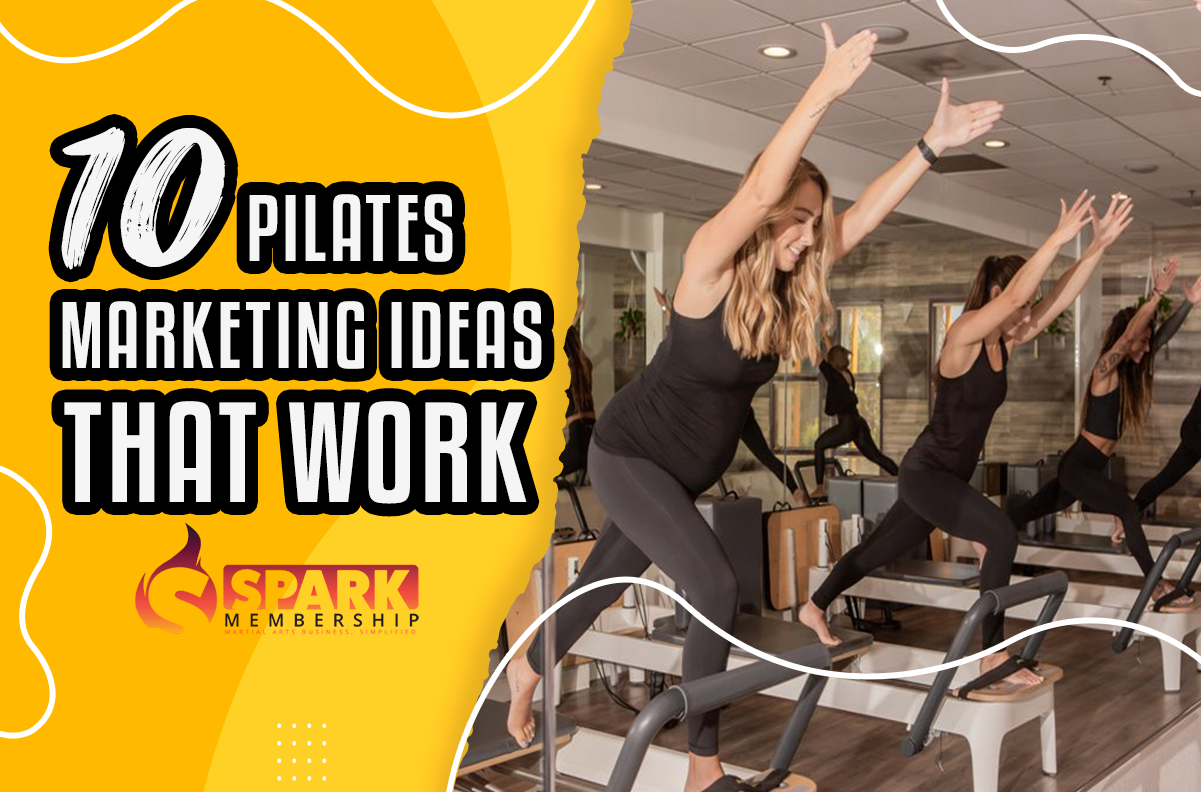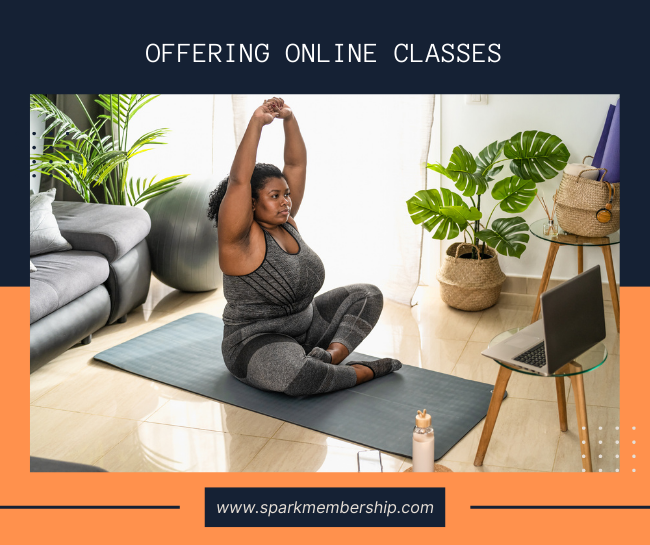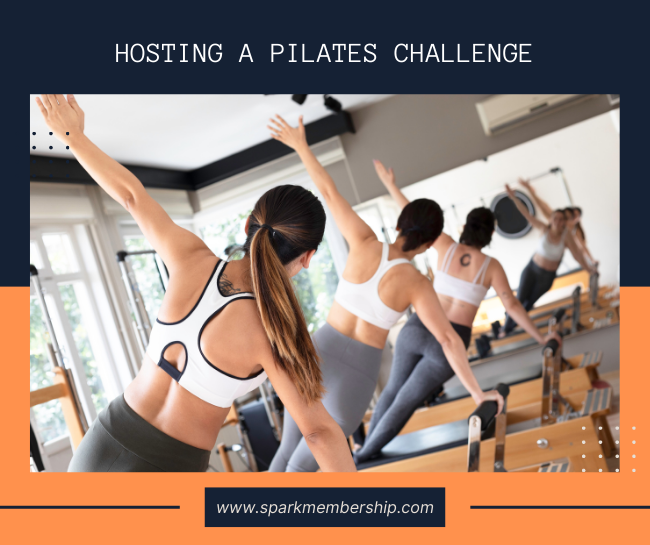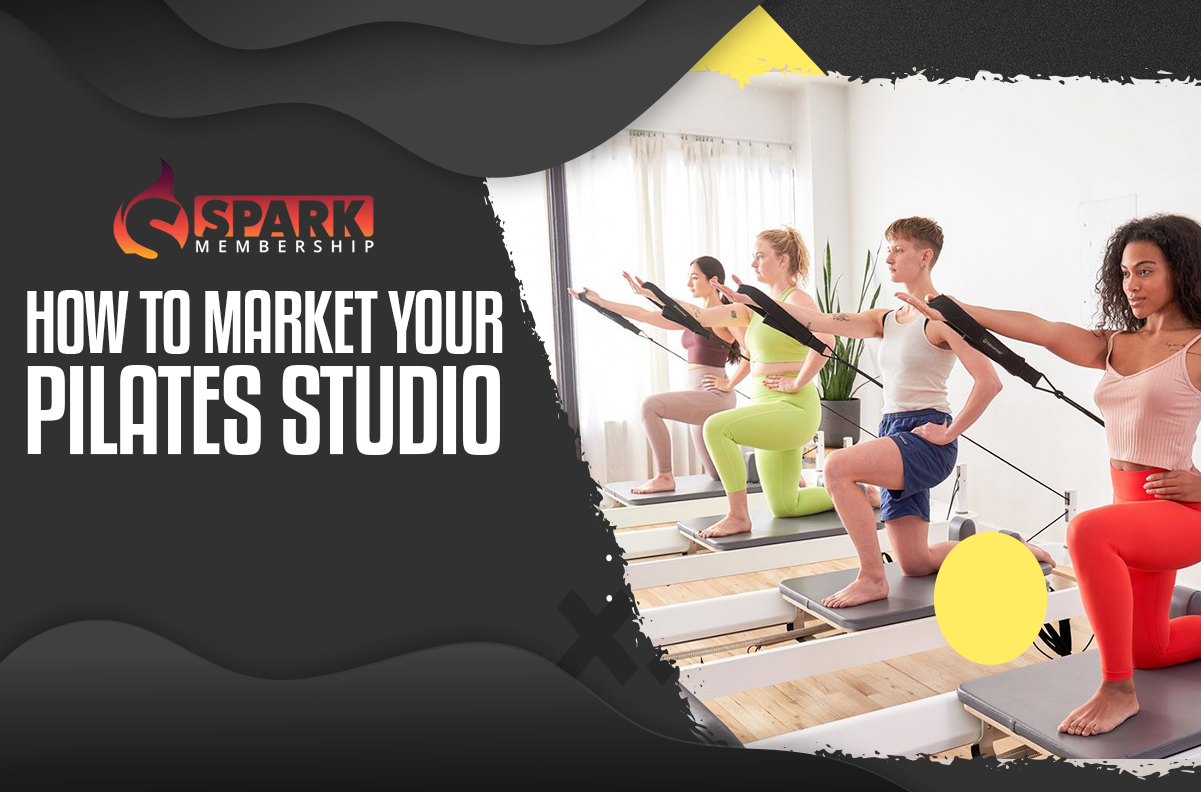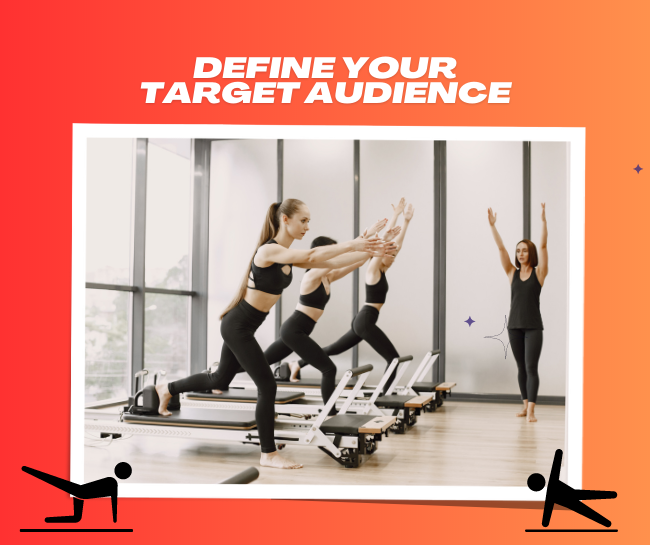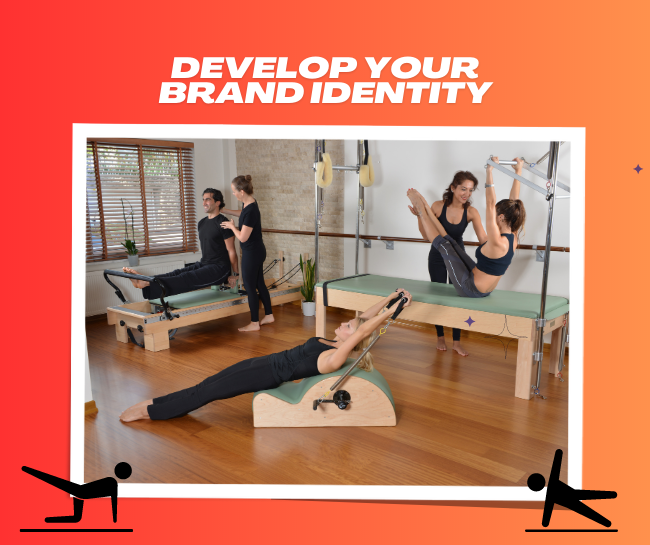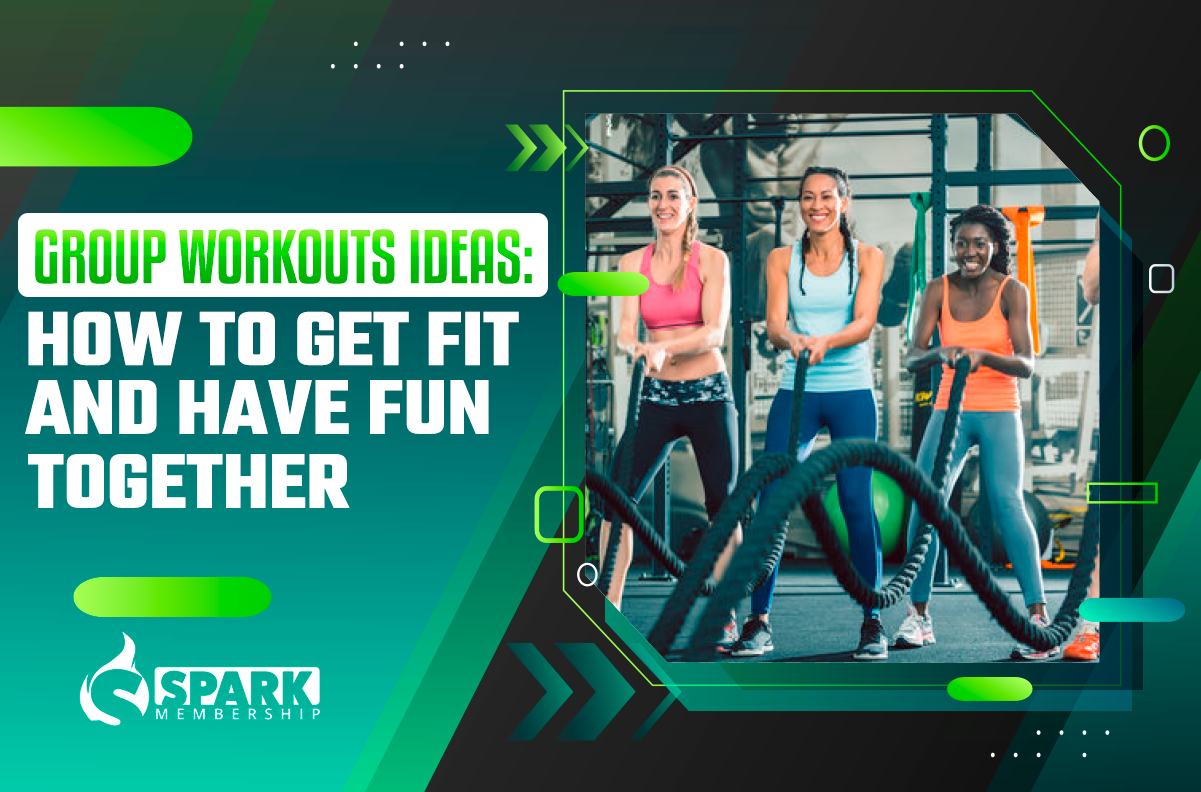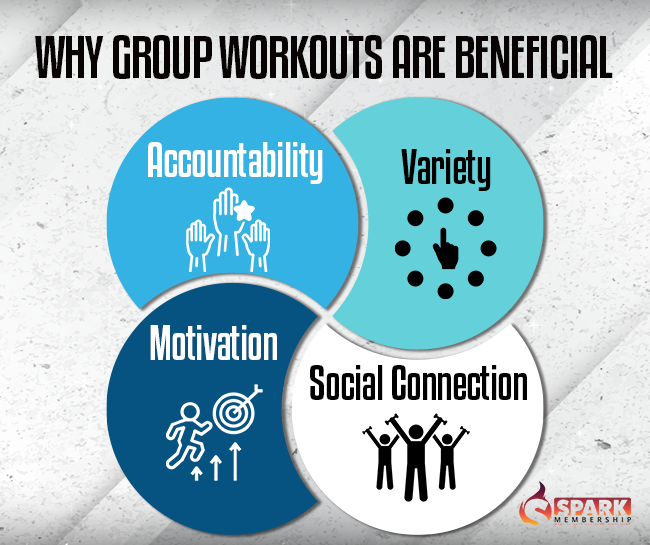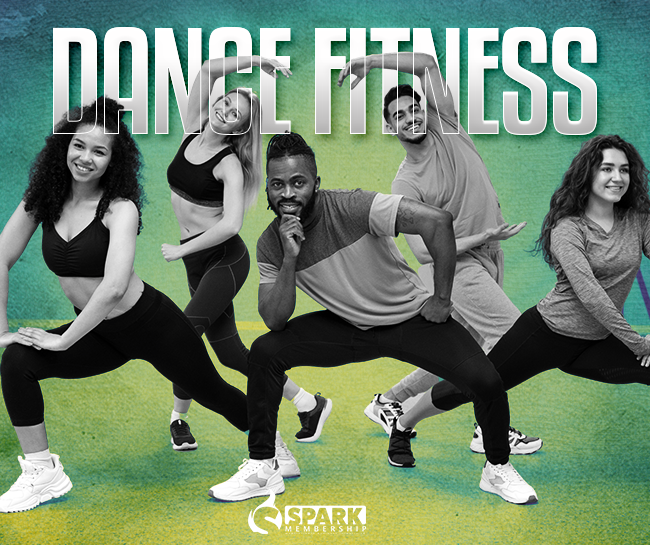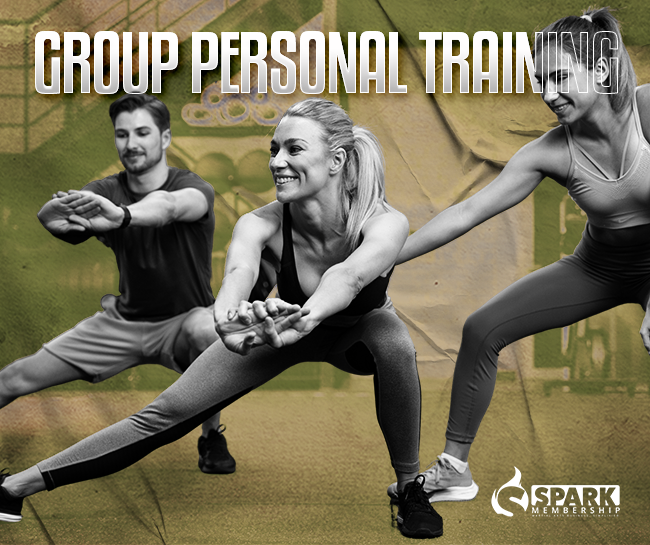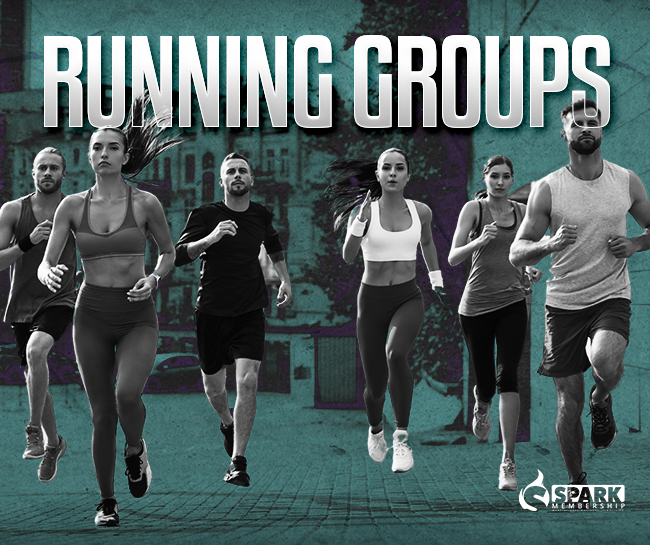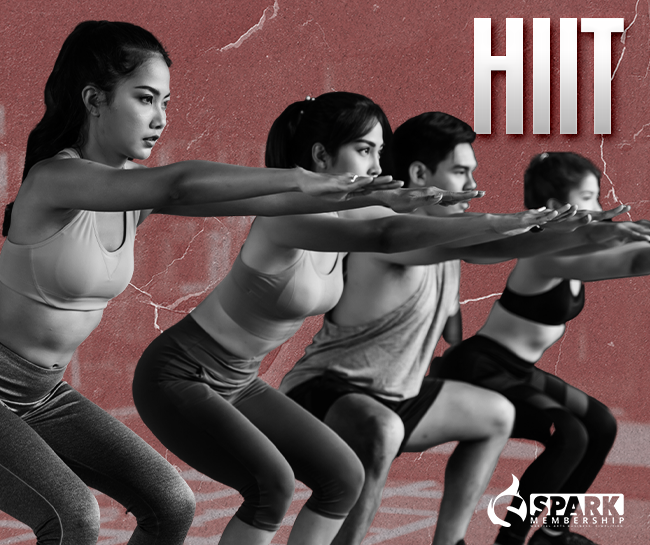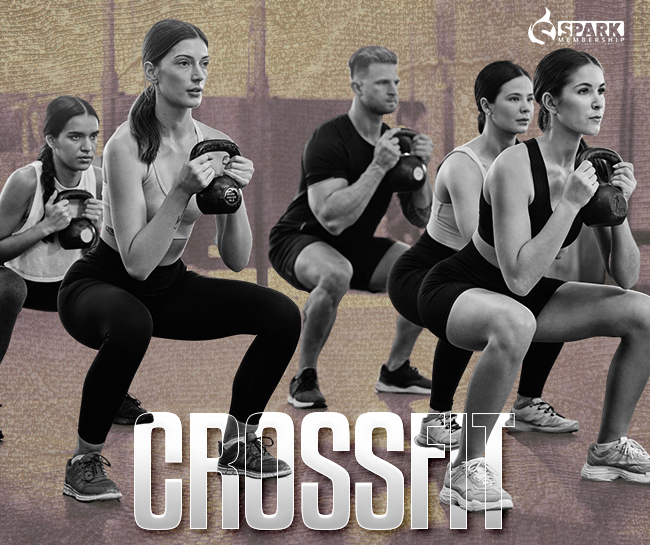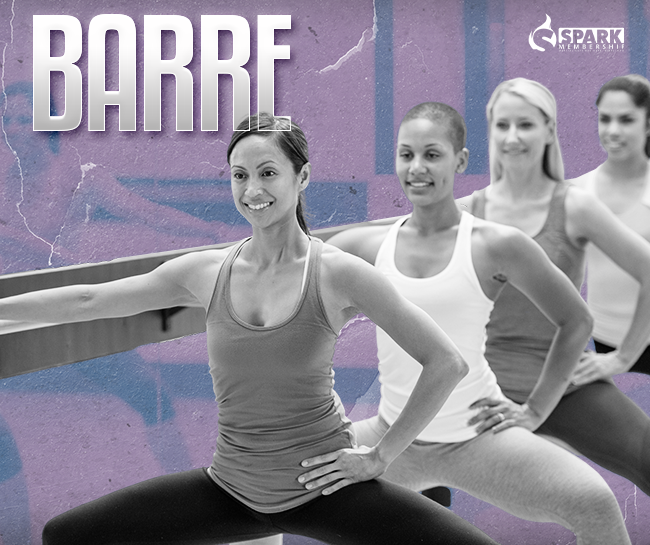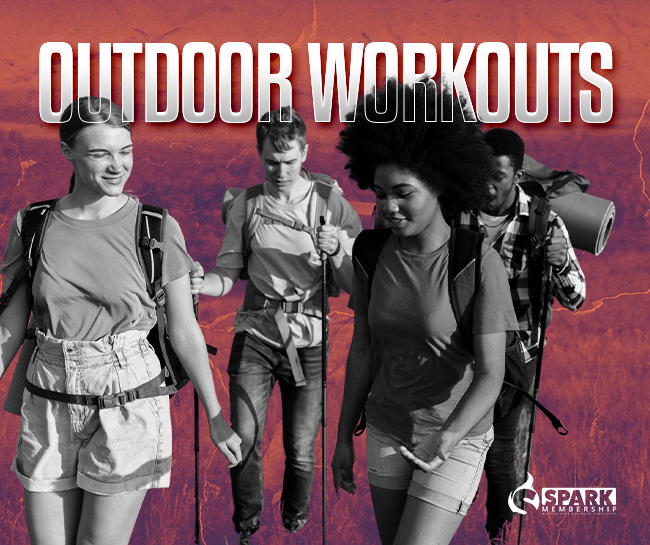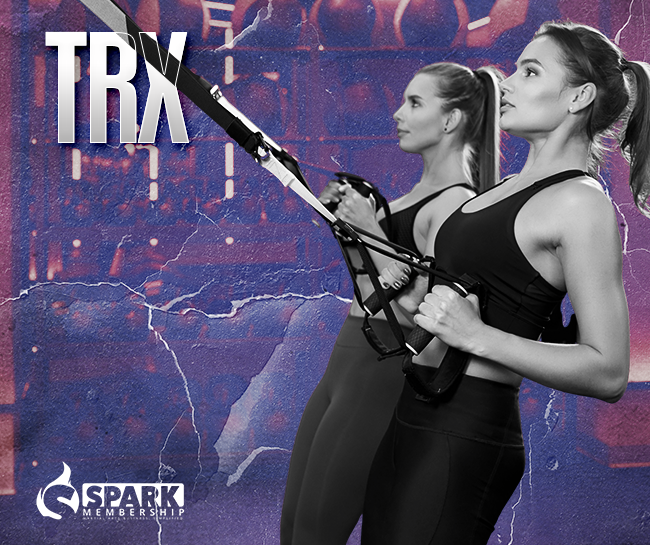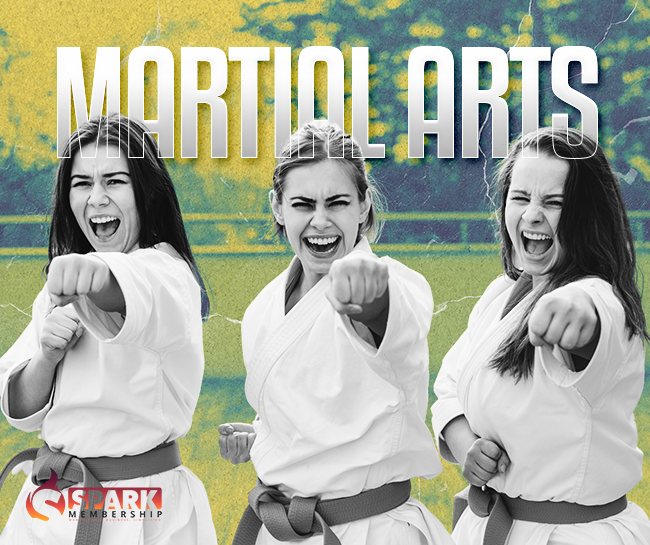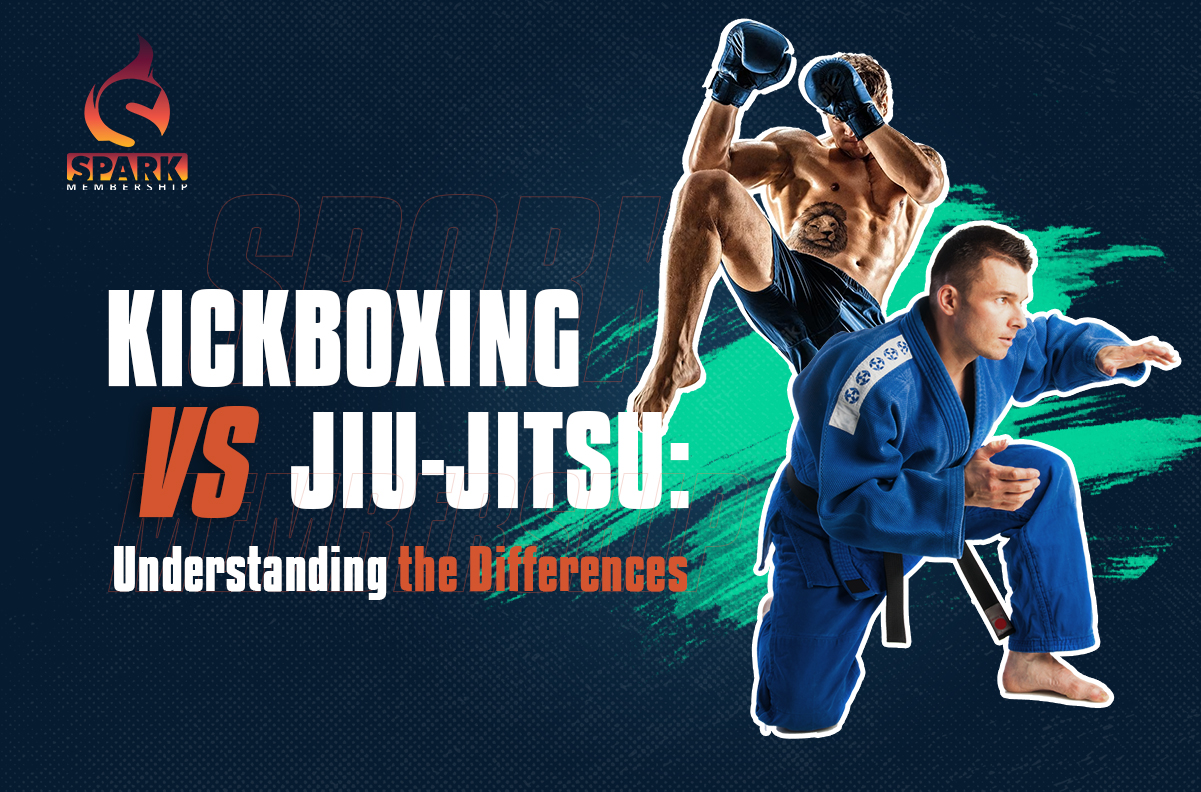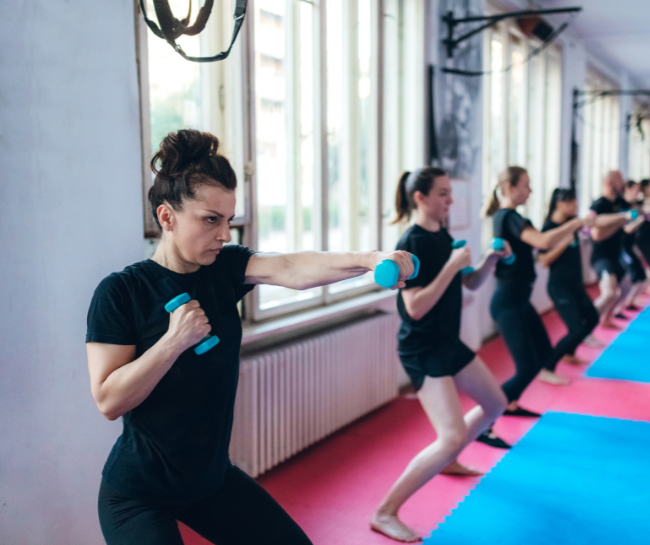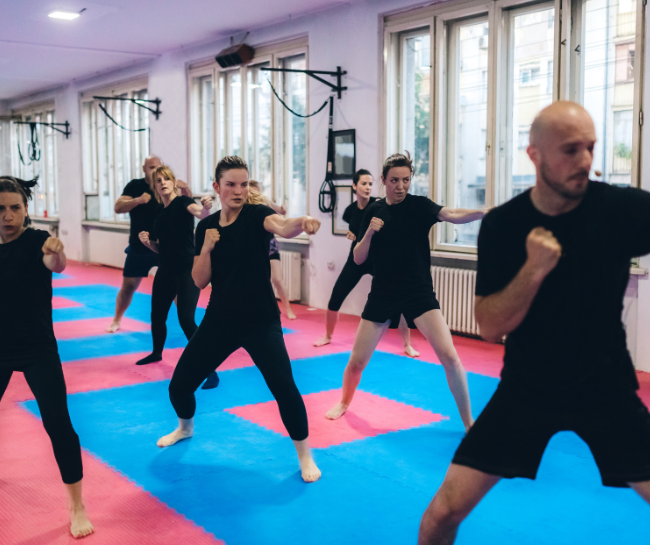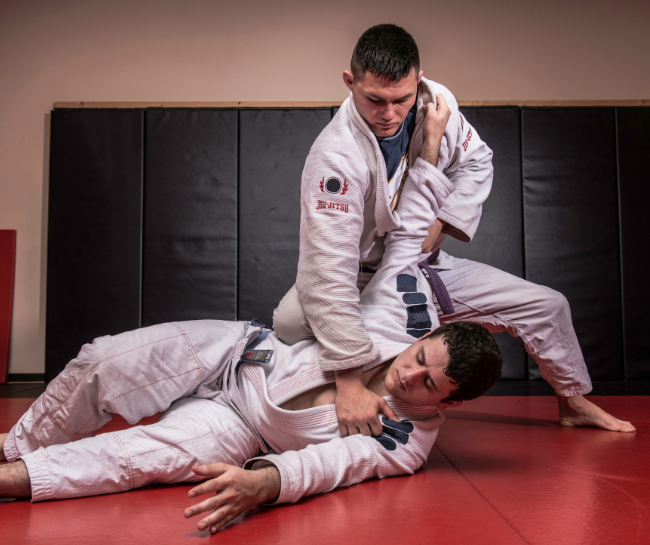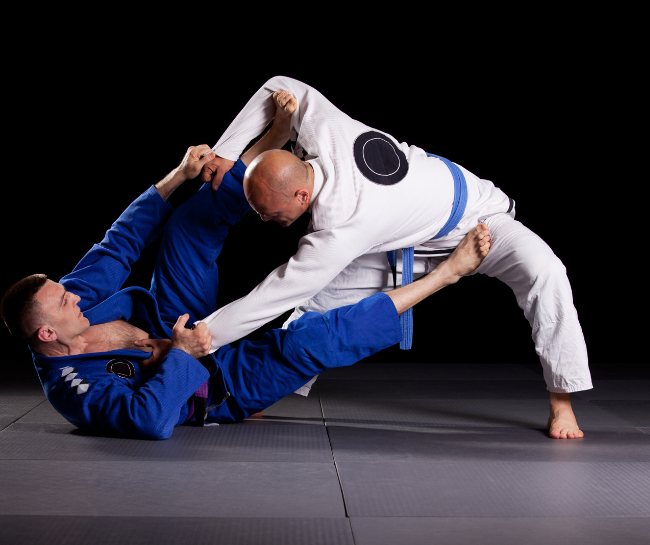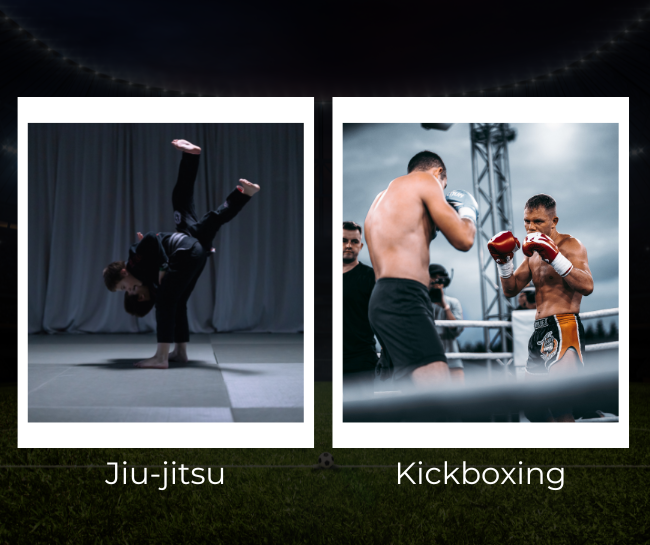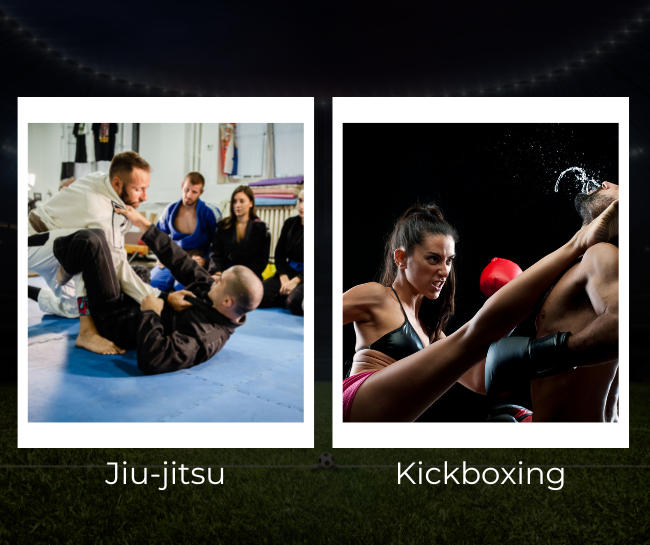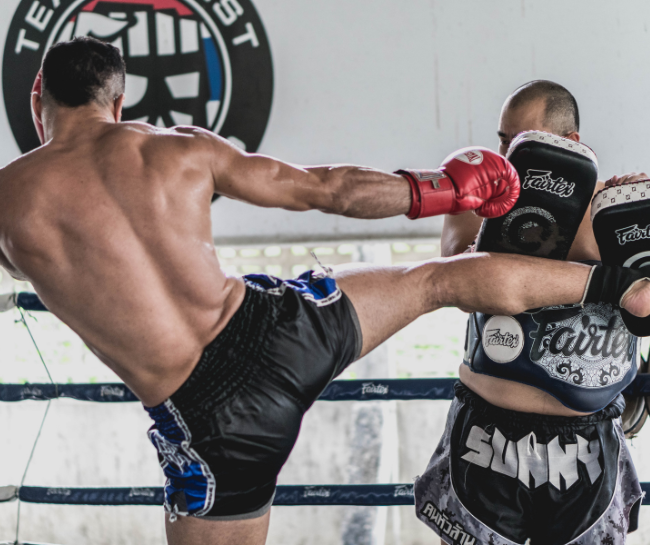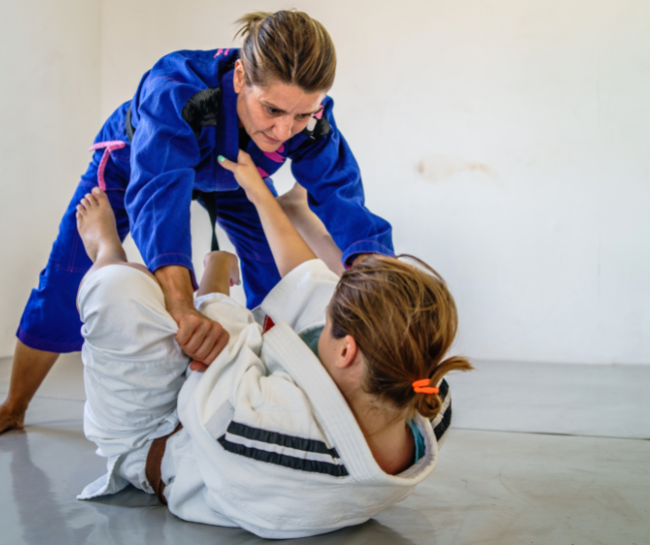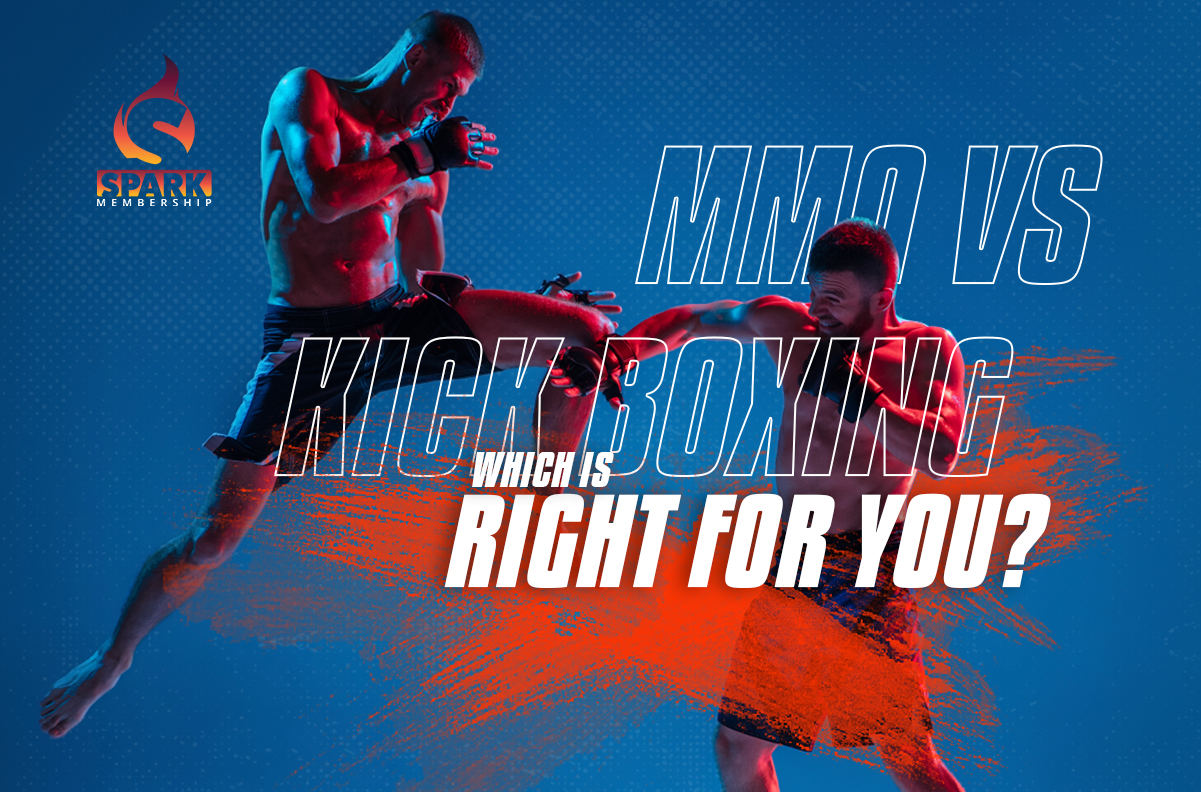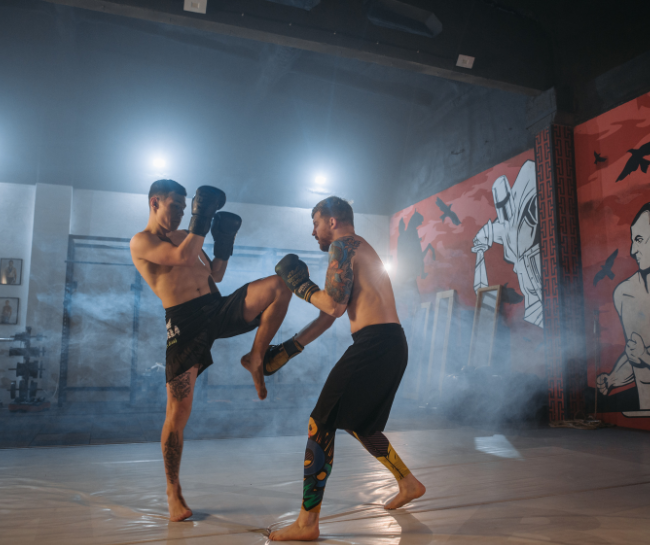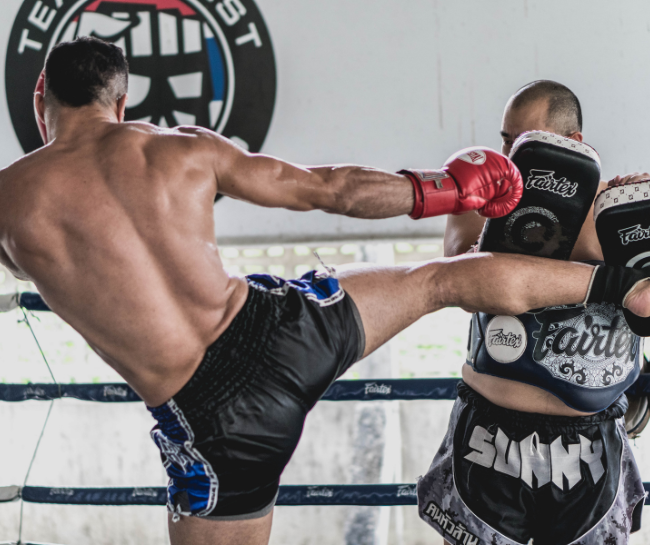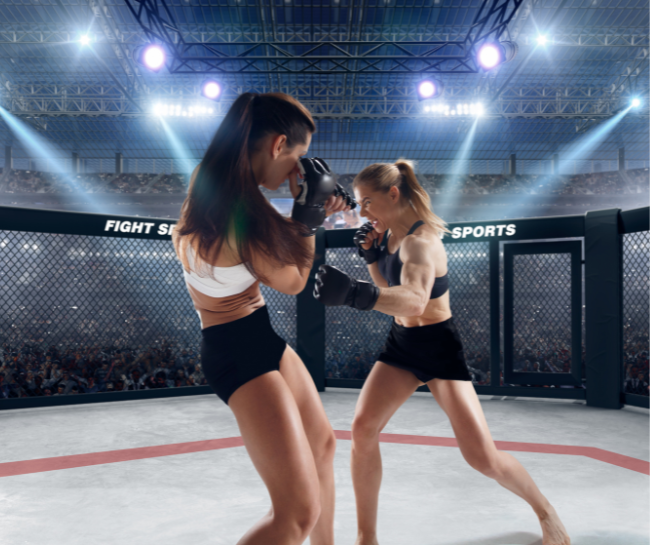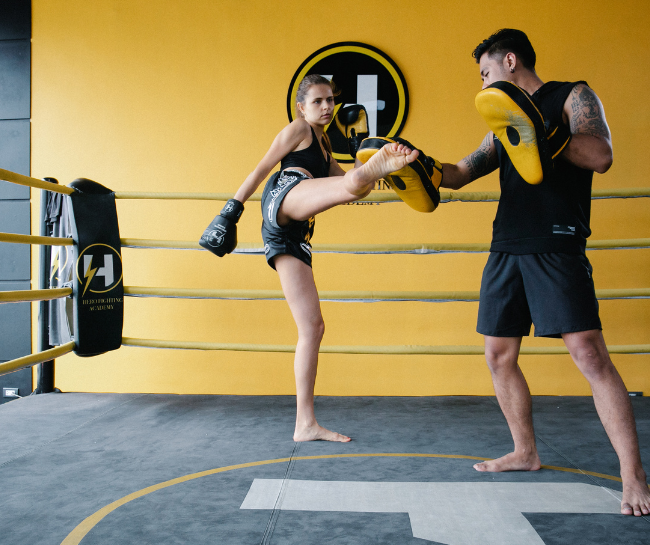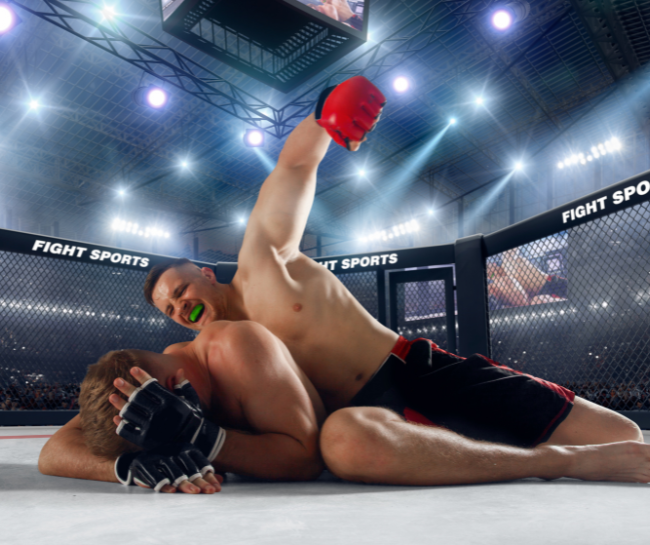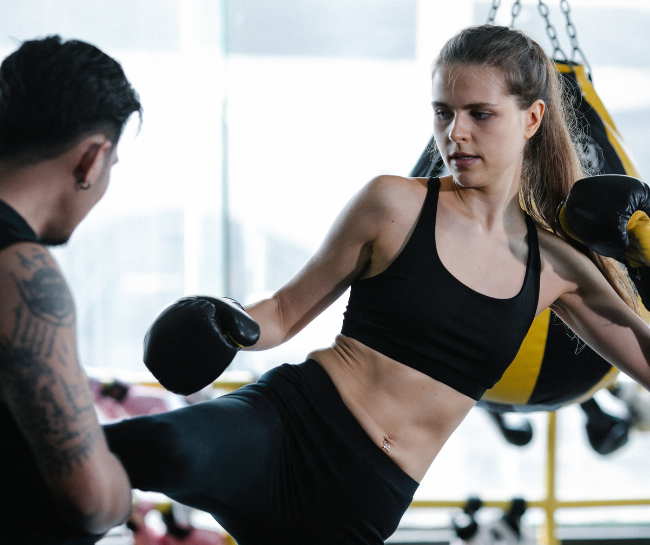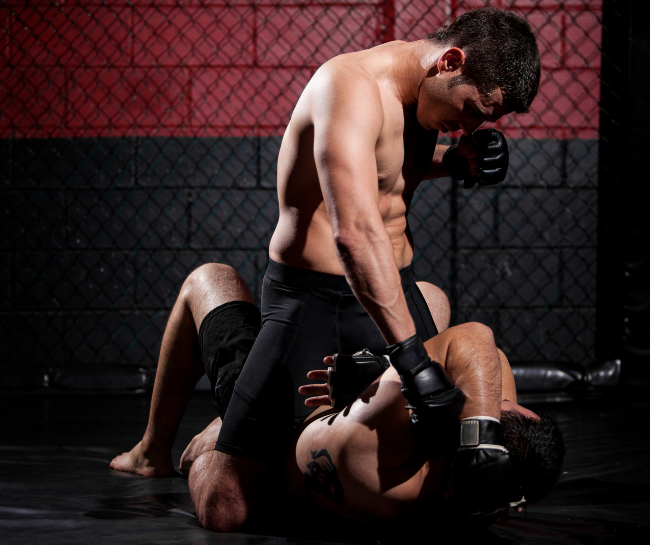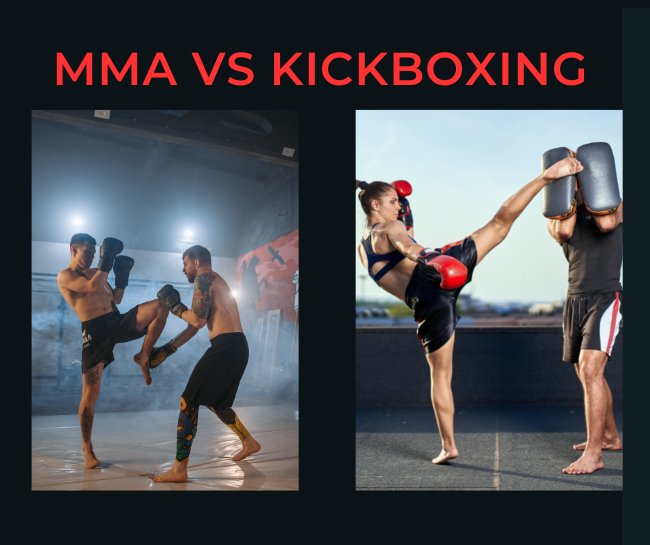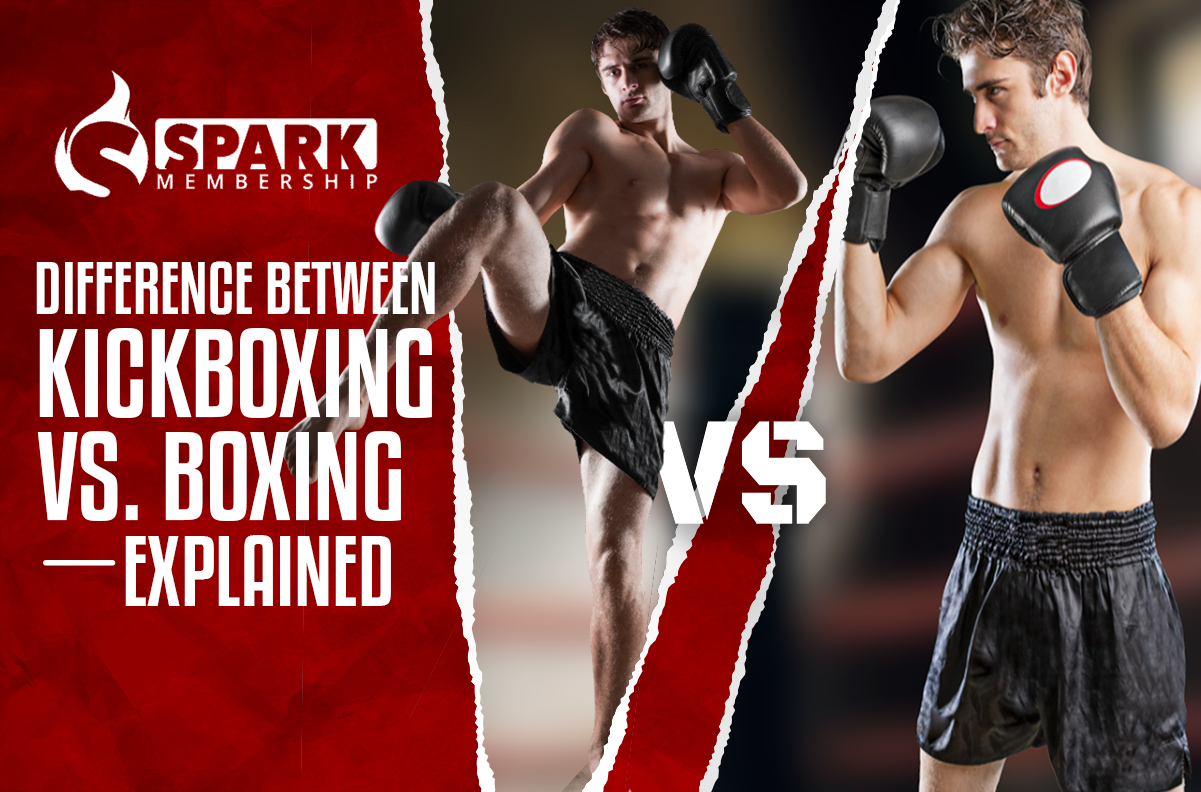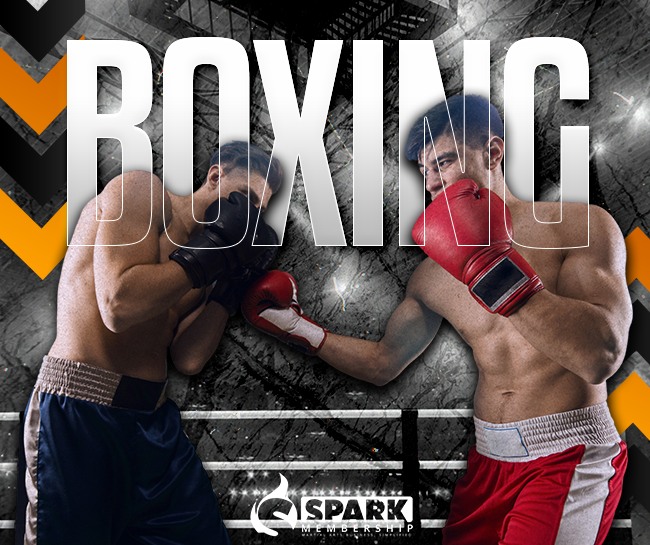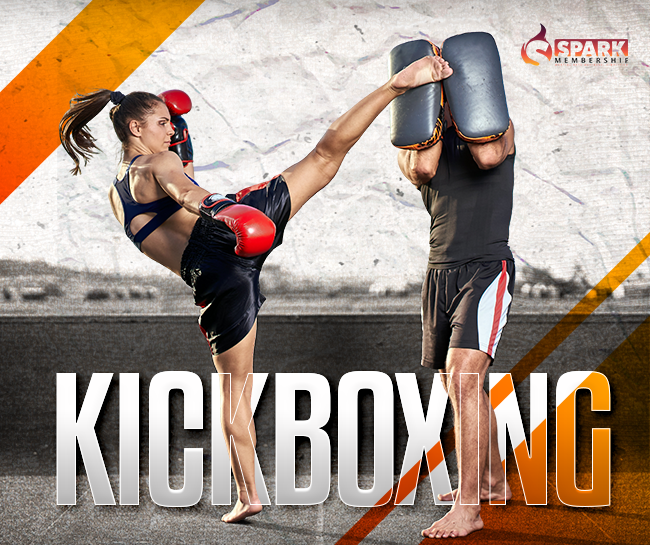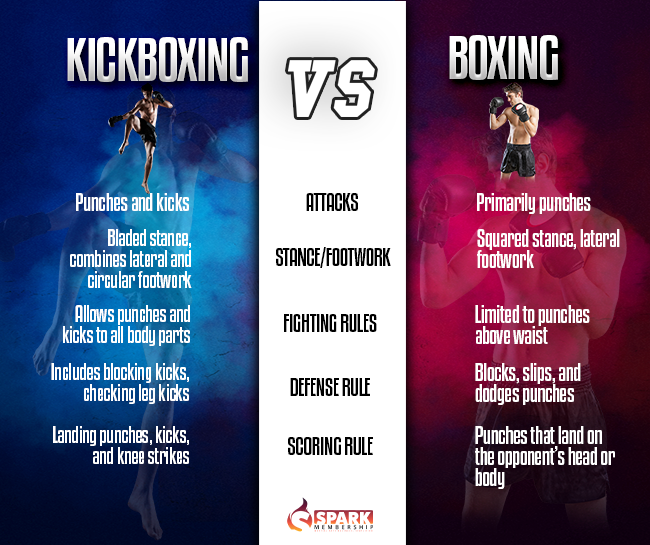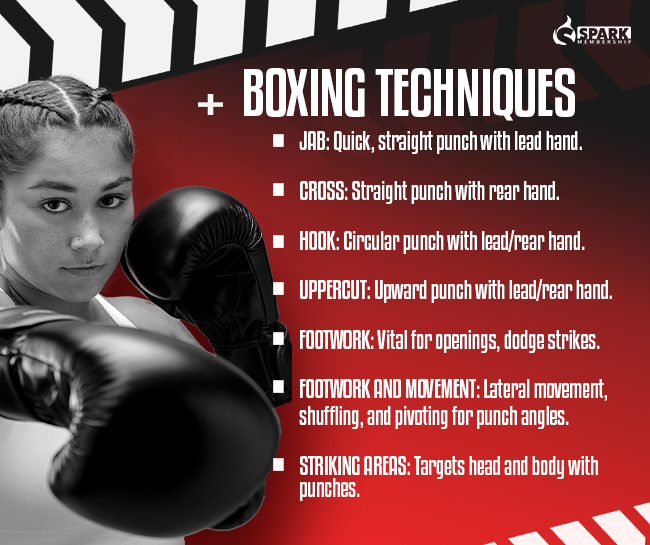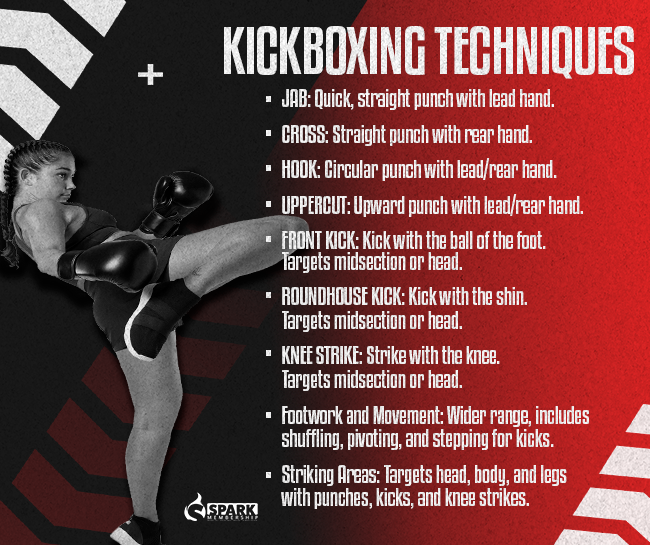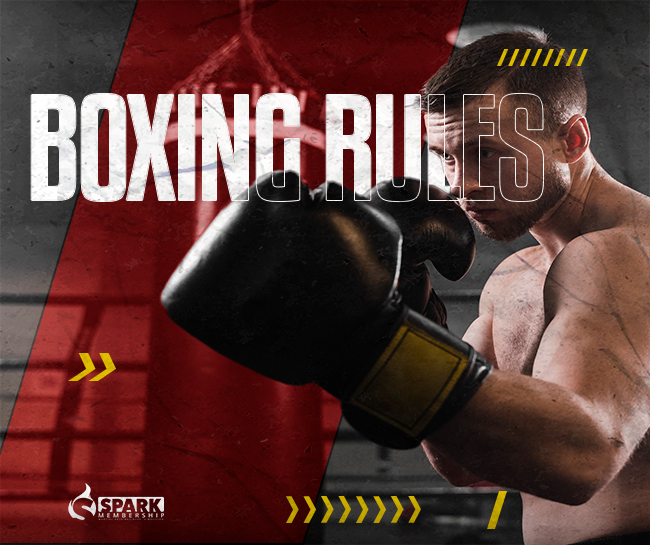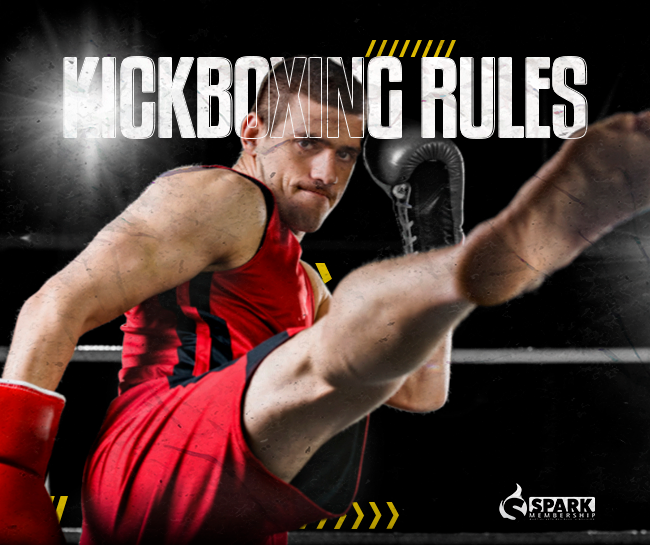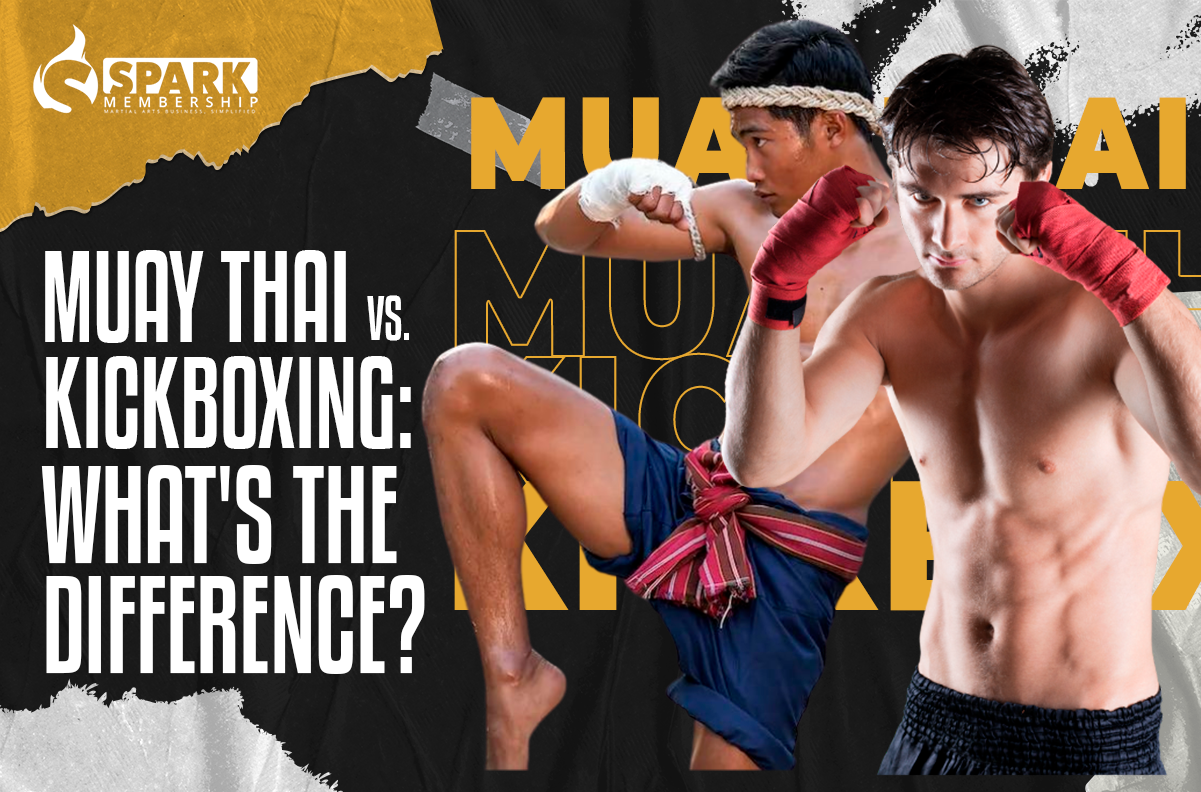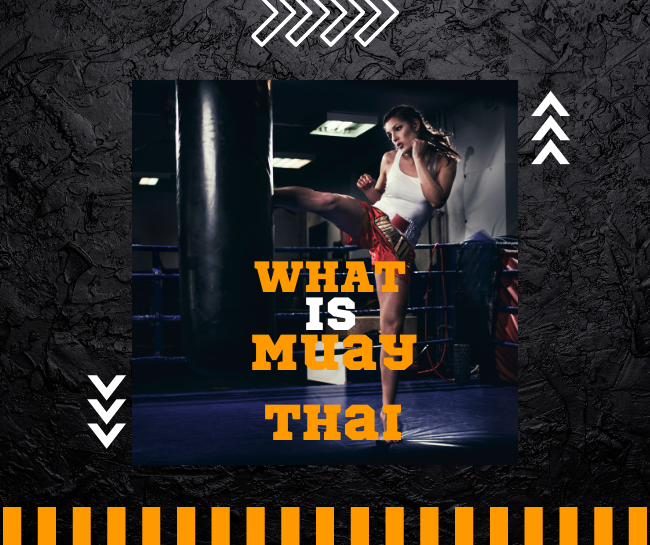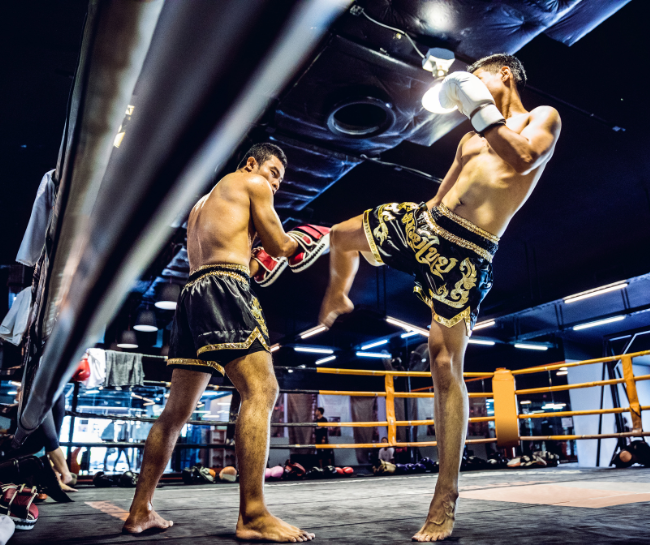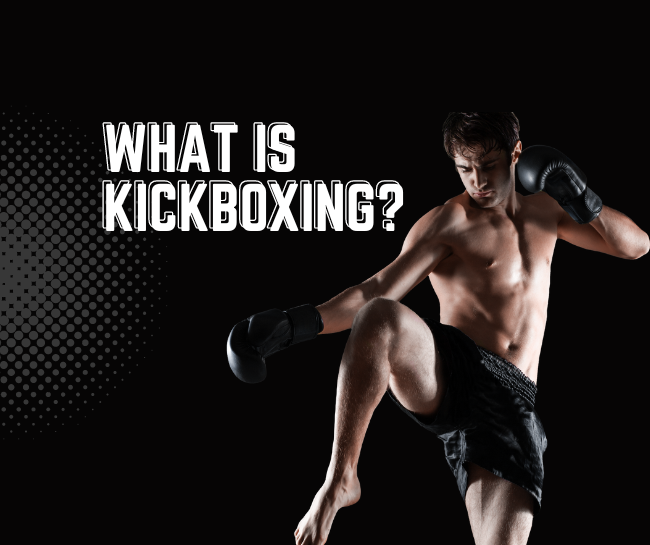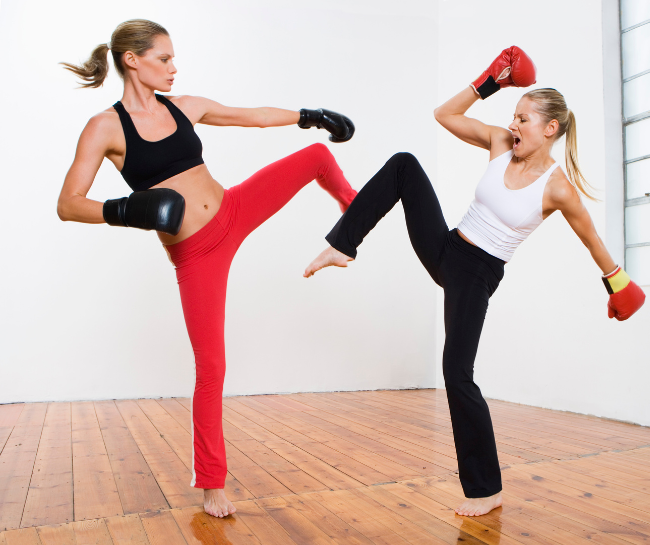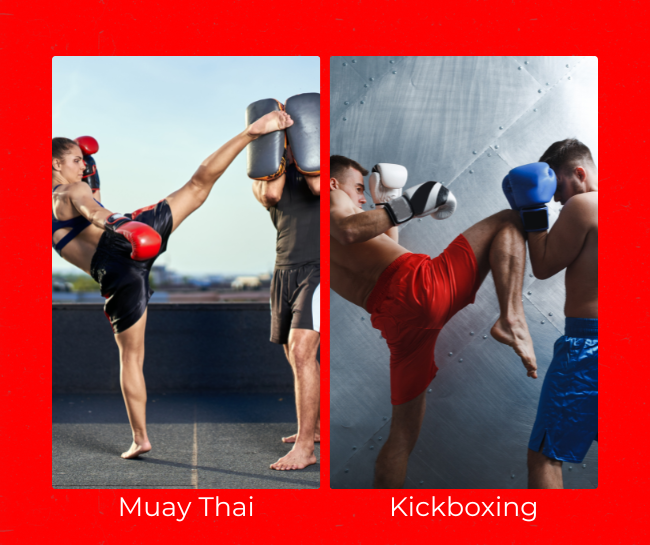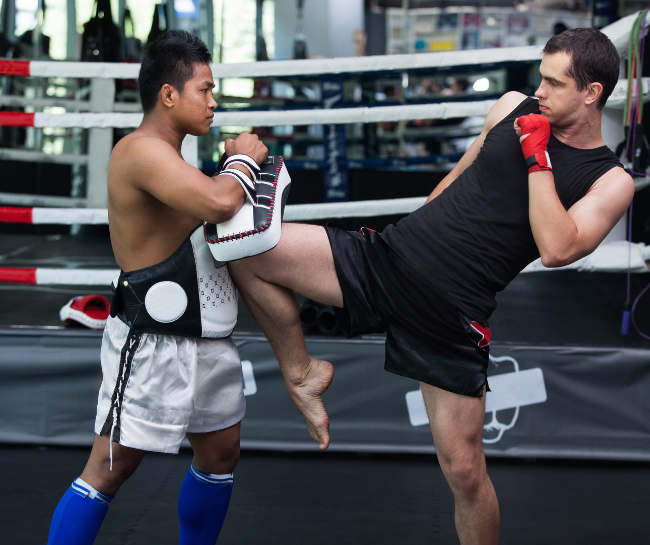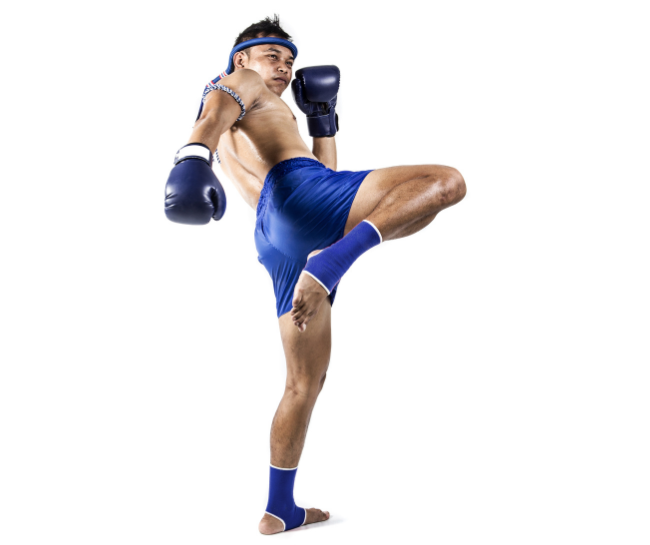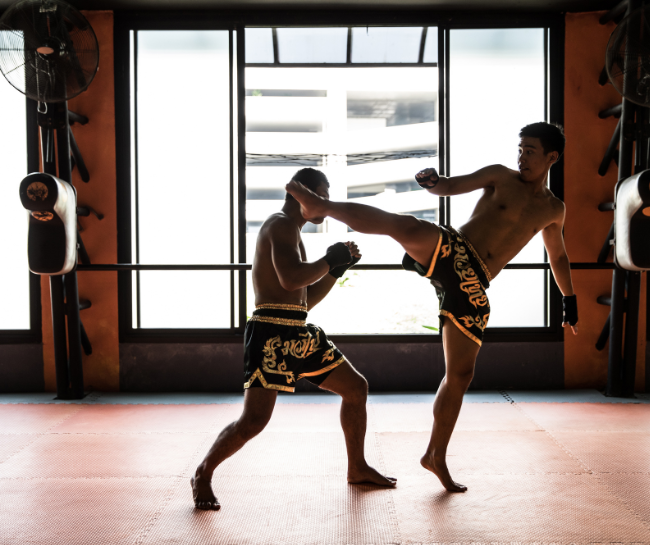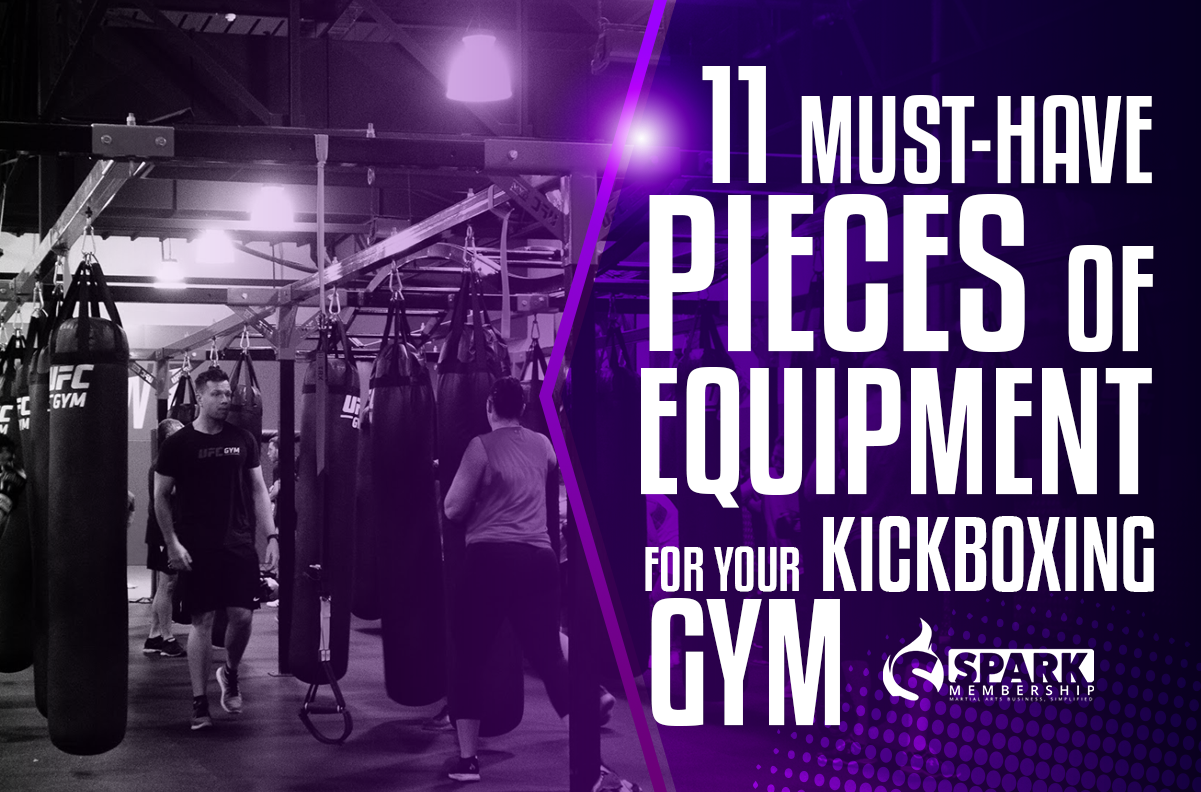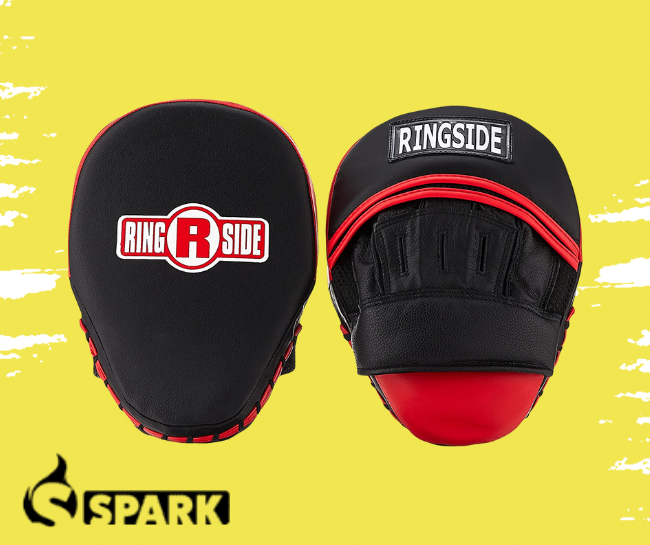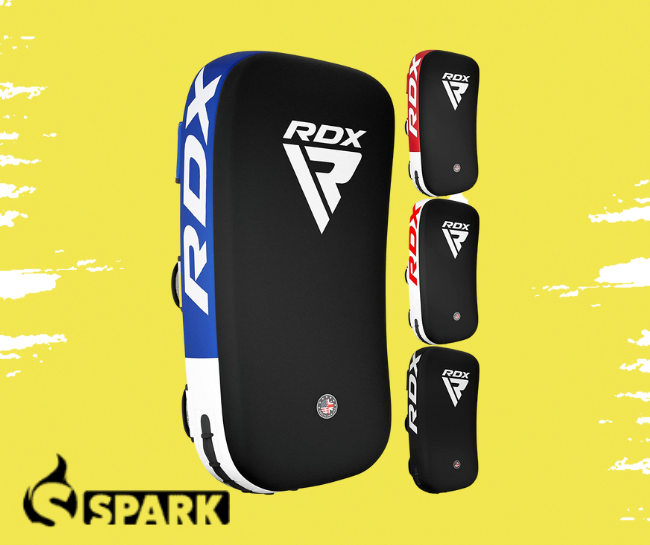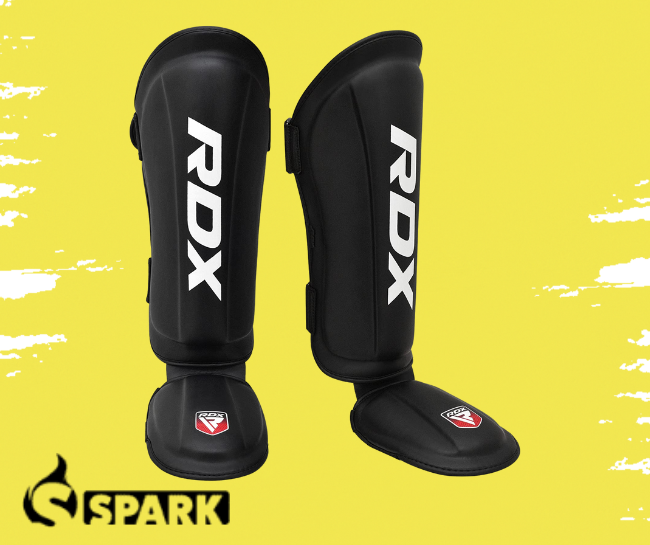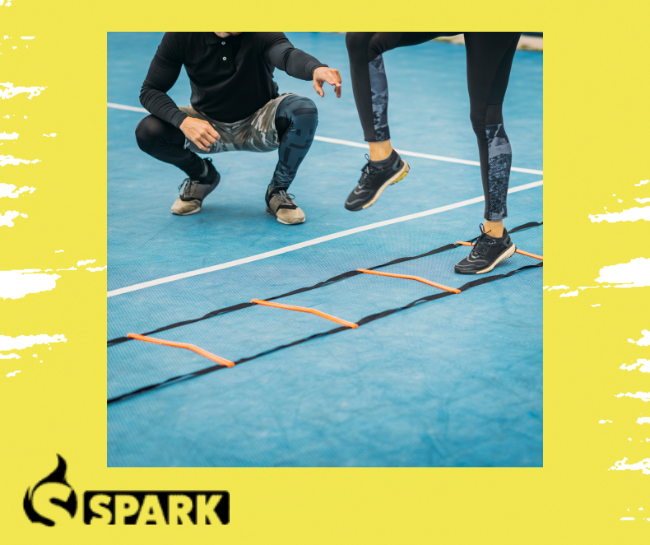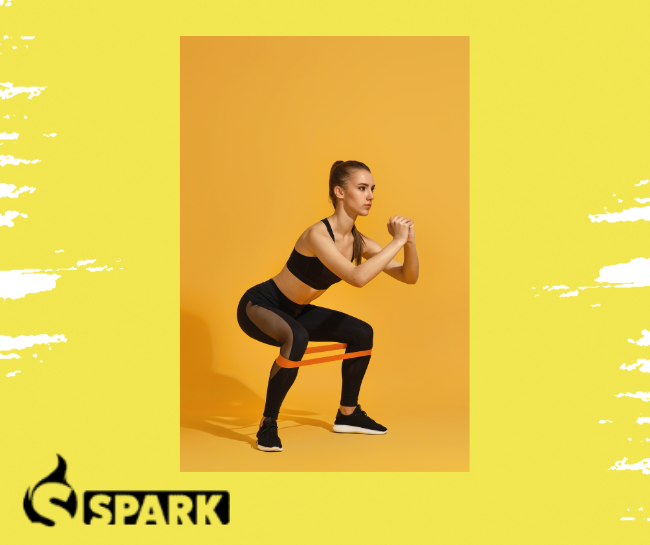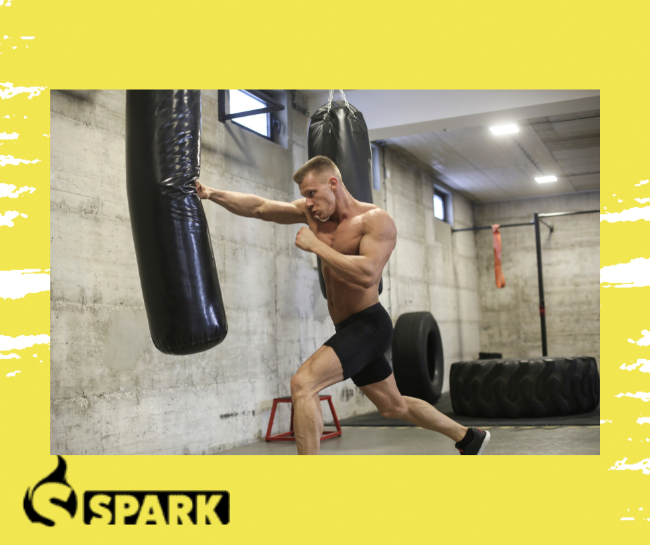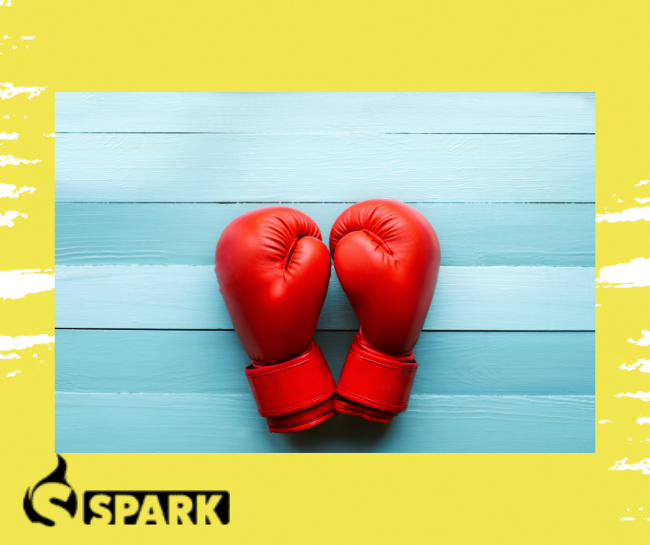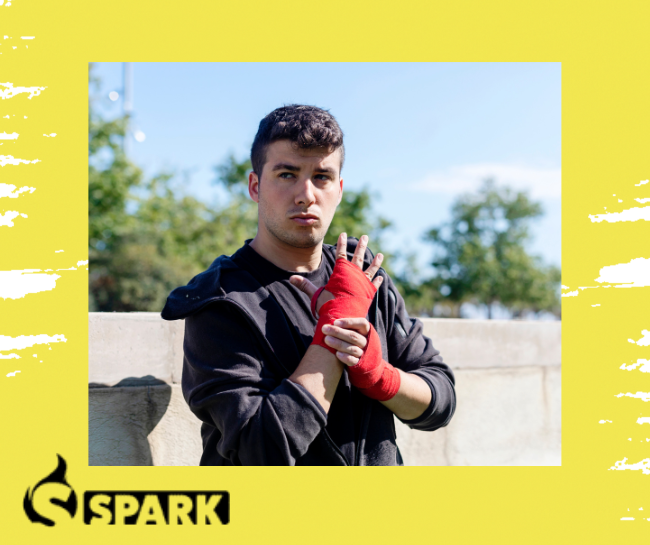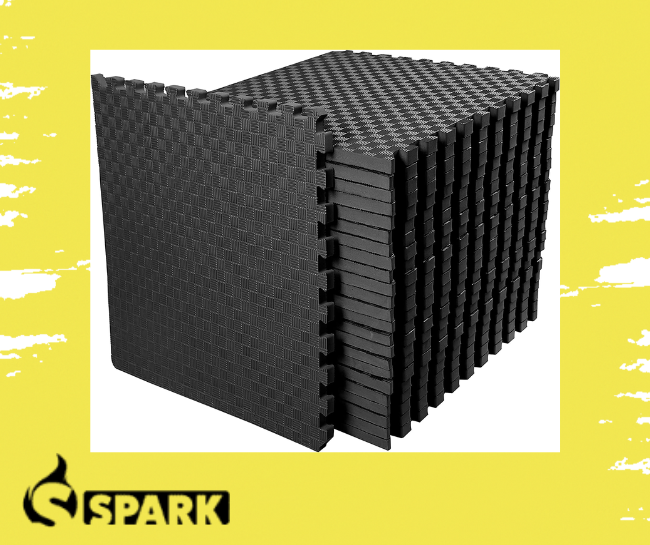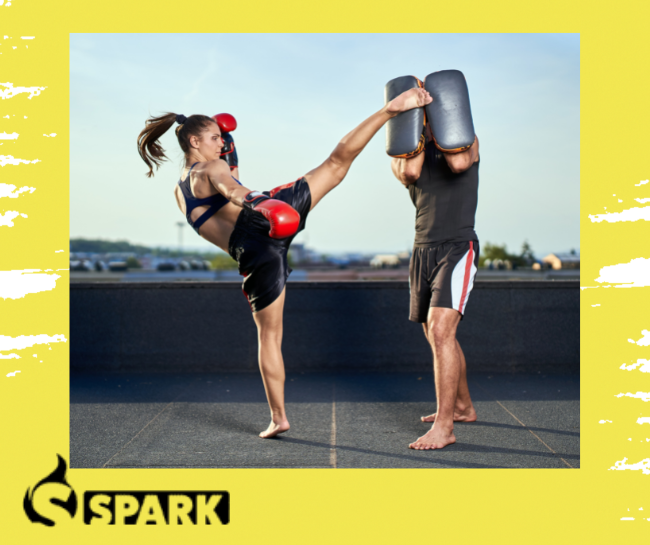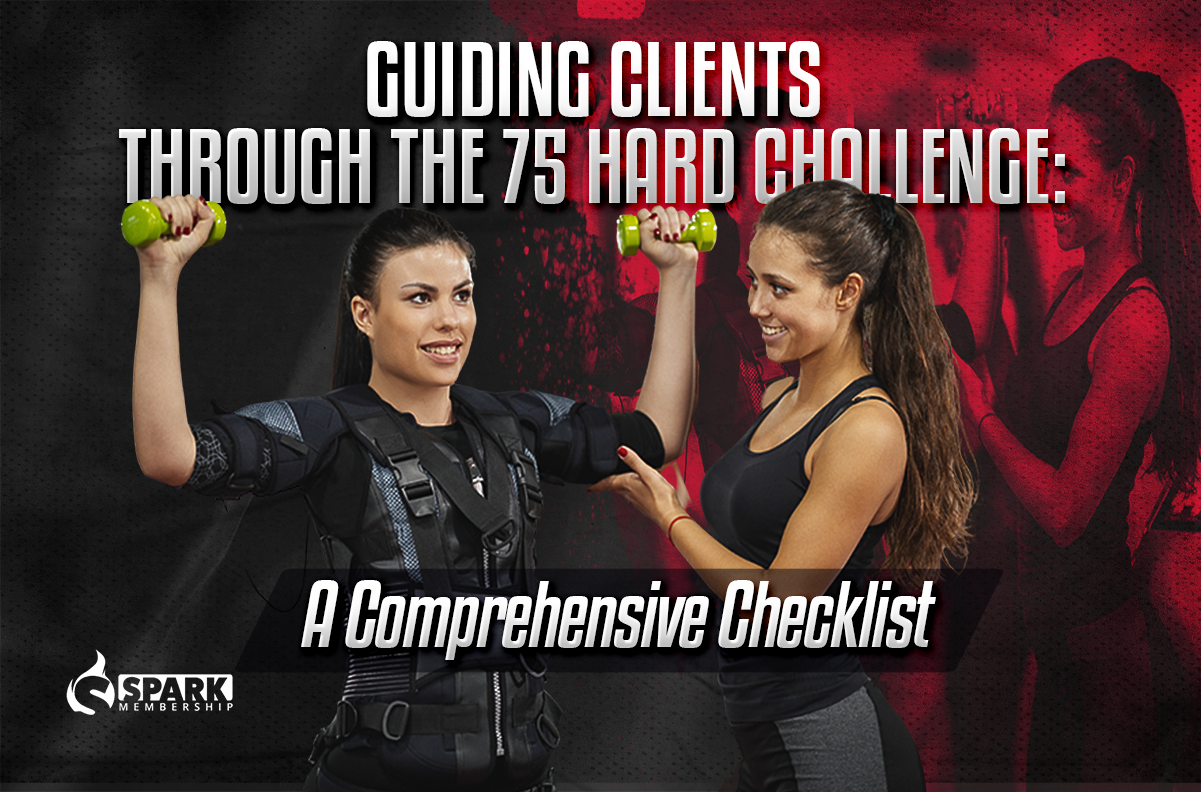
The 75 Hard Challenge is sweeping the fitness world. It’s not just a workout routine; it’s a commitment to push both the body and mind to new limits. Are you a personal trainer, a gym owner, or just someone interested in pushing your fitness boundaries? This guide is for you! We’ll dive into what this challenge really means, explore its rules, the diet plan, the importance of rest days, and how trainers can help others conquer it. Whether you’re just hearing about the 75 Hard Challenge or you’re looking to support others in their fitness goals, this guide will break it down into simple, easy-to-understand terms. Let’s get started.
What is the 75 Hard Challenge?
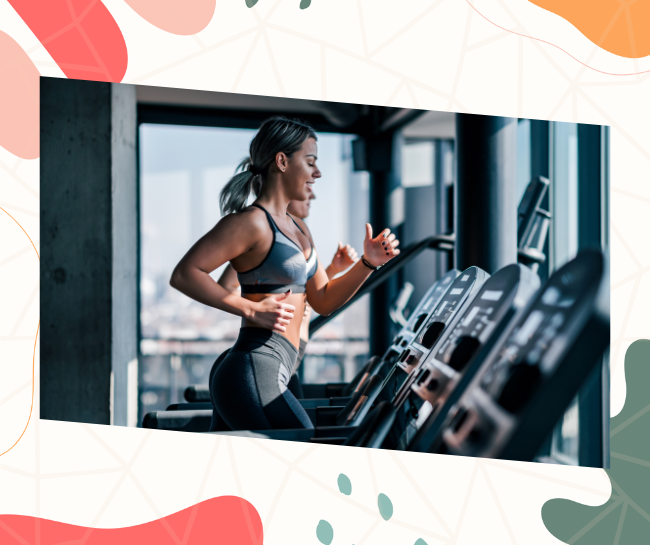
The 75 Hard Challenge is a trend that’s getting lots of attention these days. But what’s all the fuss about? Here’s what you need to know:
The 75 Hard Challenge is not just another fitness routine; it’s a transformative experience that’s swept the world since its inception. The brainchild of motivational speaker, author, and business entrepreneur Andy Frisella, this 75-day program was unveiled in 2019 as a unique path to mental toughness.
Why Do People Love It?
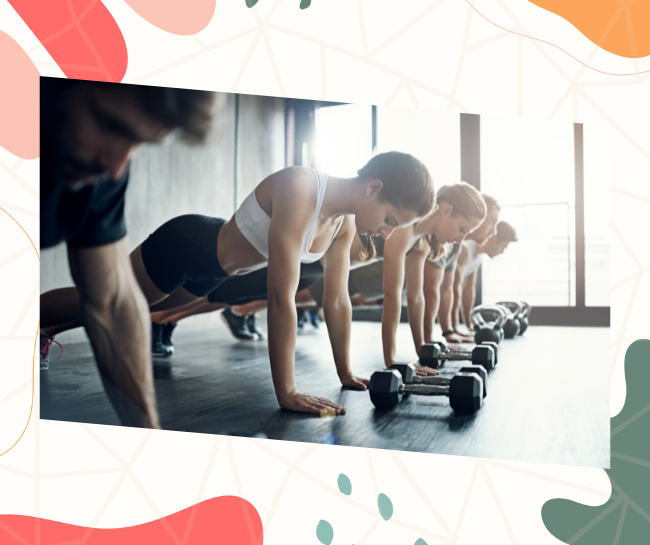
The popularity of the 75 Hard Challenge stems from its unique approach to personal growth and mental fortitude. It goes beyond traditional gym routines:
- Community Engagement: Participants often share their journey on social media, building a supportive and engaging community.
- Holistic Approach: The challenge focuses not only on physical fitness but also on personal development, reading, and consistent discipline.
- Real Results: The tangible transformations (both mental and physical) seen by participants have driven word-of-mouth success.
Does 75 Hard actually work?

The 75 Hard Challenge claims to work, and it’s backed by many who have seen success with the program. It’s designed to push mental and physical limits, and some find it precisely what they need. However, its intensity might not suit everyone, and individual results can vary. If you’re curious about this challenge, consulting a trainer or someone who has completed it could be beneficial to determine if it aligns with your goals.
What are the 75 Hard Challenge rules?
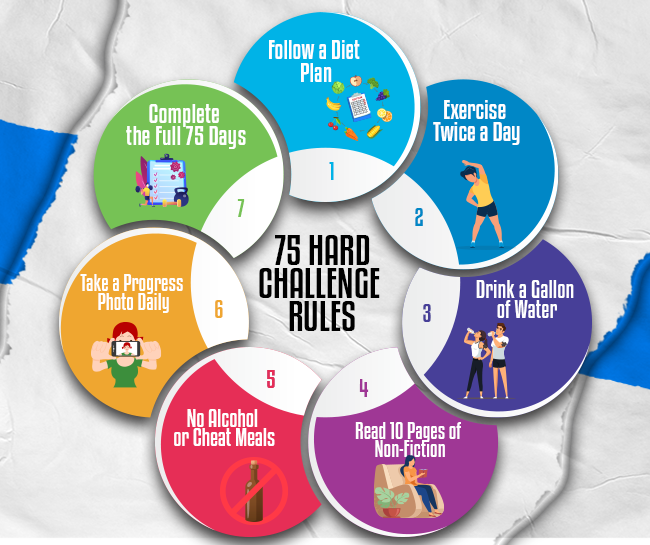
75 Hard Challenge is structured around specific rules that participants must follow. These rules are designed to test mental and physical resilience and are central to the program’s philosophy. Here’s a list of the known rules:
- Follow a Diet Plan:
Stick to a meal plan that aligns with your fitness goals. This can vary based on individual needs and preferences, but consistency is key.
- Exercise Twice a Day:
Engage in two 45-minute workouts each day, with at least one of them being outdoors, regardless of weather conditions.
- Drink a Gallon of Water:
Participants must consume a gallon (3.79 litres) of water each day. Staying hydrated is vital to health and performance.
- Read 10 Pages of Non-Fiction:
Read 10 pages of a self-improvement or educational non-fiction book daily. This fosters personal growth and learning.
- No Alcohol or Cheat Meals:
Abstaining from alcohol and avoiding cheat meals is crucial to maintaining the discipline required for the challenge.
- Take a Progress Photo Daily:
Documenting progress through daily photos serves as a visual record of the journey and can be motivating.
- Complete the Full 75 Days:
Commitment to the full 75 days is essential. Missing even one day requires starting the entire challenge over from day one.
💡 The rules are designed to promote self-discipline, focus, endurance, and growth. It’s not just about physical transformation but also about building mental toughness and personal development. Participants should always consult with a fitness professional to ensure that the program is appropriate for their individual situation.
How to Do the 75 Hard Challenge
The 75 Hard Challenge is more than a fitness program; it’s a transformative journey that challenges your mental and physical boundaries. As you embark on this 75-day adventure, you’ll not only build physical strength but also develop mental resilience and self-discipline. Here’s a detailed guide on how to undertake this life-changing journey:
- Assess Your Readiness
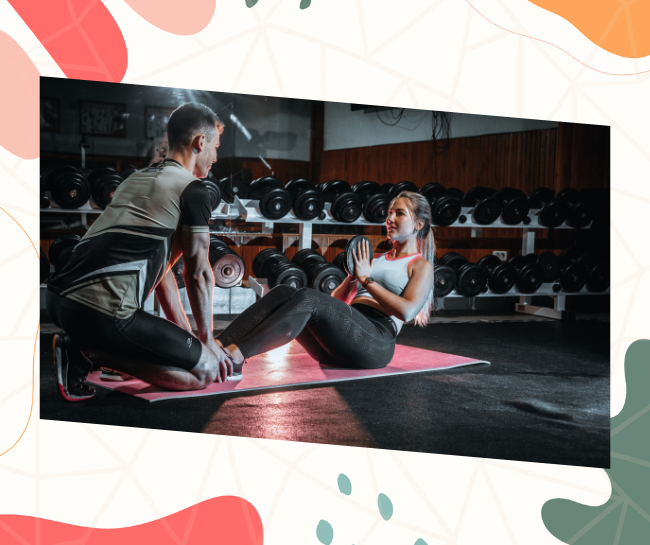
Determine whether you’re mentally and physically prepared to commit to the 75-day challenge. Consult with a healthcare or fitness professional if necessary.
- Choose a Suitable Diet Plan

Research and select a diet that aligns with your health and fitness goals. Consider seeking advice from a nutritionist to customize the plan for your needs.
- Plan Your Workouts
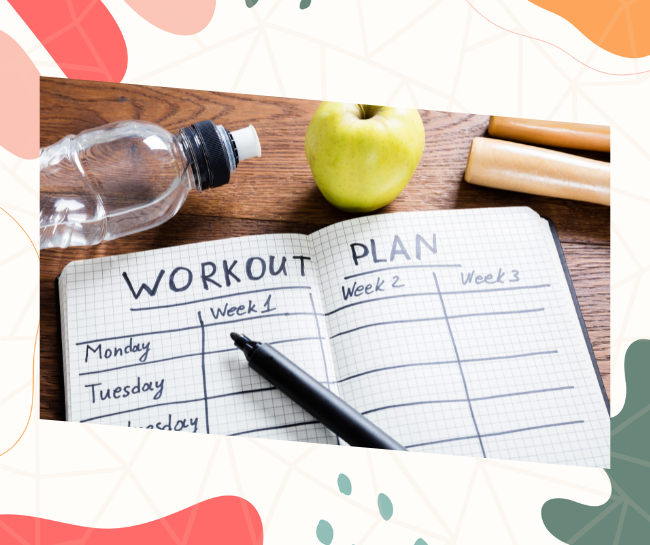
Schedule two 45-minute workouts each day. One must be outdoors. Include a mix of strength training, cardiovascular exercise, and flexibility routines.
- Prepare Reading Material

Choose non-fiction books that inspire growth and learning. Plan to read at least 10 pages per day.
- Set Up a Hydration Strategy
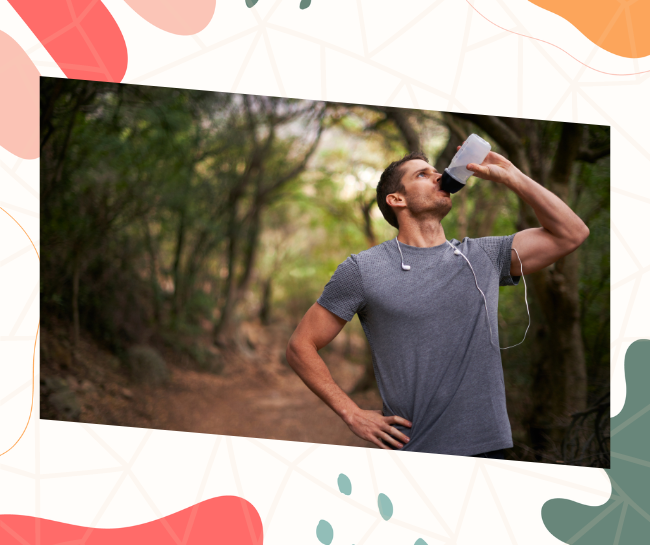
Plan how you’ll consume a gallon of water each day. This might include carrying a reusable water bottle and setting reminders to drink regularly.
- Eliminate Alcohol and Cheat Meals

Eliminate Alcohol and Cheat Meals: Clear your pantry of temptations and plan meals that adhere to your chosen diet.
- Create a Progress Tracking System
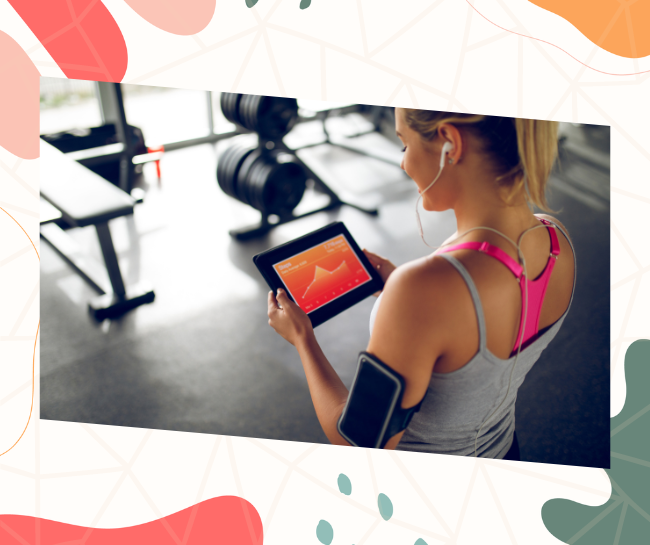
Set up a system to track your daily progress. This could include a journal or app to log workouts, meals, reading, and daily photos.
- Find Support and Accountability

Consider finding a friend to do the challenge with you or join an online community of other participants.
- Prioritize Safety

Always prioritize your well-being. If you feel unwell or are concerned about the intensity of the program, consult with a healthcare provider.
- Begin the Challenge
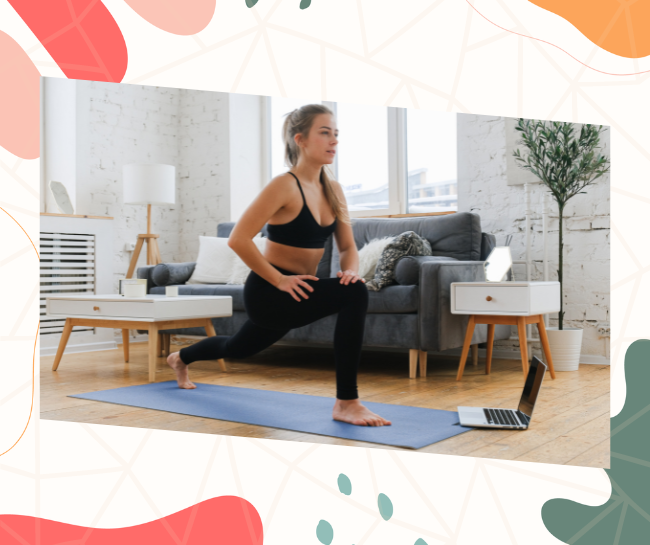
Start the 75-day journey, following the rules each day. If you slip up, restart from day one. Stay committed and focused on your goals.
- Celebrate Your Achievements

At the end of the 75 days, reflect on what you’ve accomplished. Consider continuing some habits that you’ve developed during the challenge.
💡 Remember, the 75 Hard Challenge is not just about physical transformation; it’s a mental journey as well. It requires a serious commitment, so it’s essential to ensure that it aligns with your health, lifestyle, and goals.
How to Assist Clients in the 75 Hard Challenge
As fitness professionals, the task of guiding clients through the 75 Hard Challenge is not only about providing encouragement but also creating a tailored plan that includes workout routines, diet ideas, and a comprehensive checklist. Here’s a detailed breakdown to assist clients effectively:
Comprehensive 75 Hard Workout Plan:
Designing a robust workout plan for the 75 Hard Challenge requires a blend of strength training, cardiovascular exercises, and flexibility workouts. Here’s a sample plan that can be adjusted according to individual needs:
Week 1-3: Building Foundations
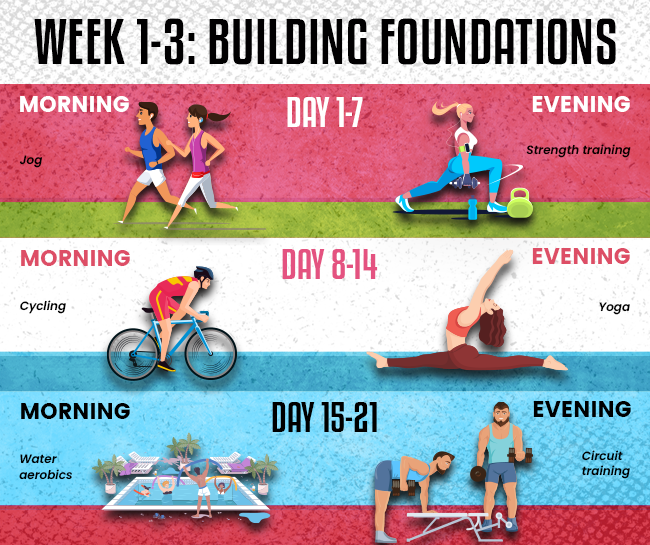
Day 1-7:
- Morning: 45-minute brisk walk or jog (outdoor)
- Evening: 45-minute strength training (full-body workout)
Day 8-14:
- Morning: 45-minute cycling or hiking (outdoor)
- Evening: 45-minute yoga or flexibility exercises
Day 15-21:
- Morning: 45-minute swimming or water aerobics (outdoor if possible)
- Evening: 45-minute circuit training
Week 4-6: Increasing Intensity
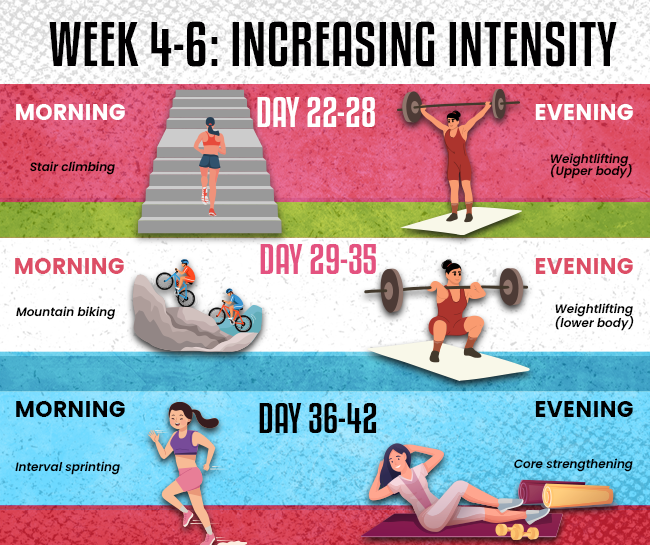
Day 22-28:
- Morning: 45-minute hill running or stair climbing (outdoor)
- Evening: 45-minute weightlifting (upper body)
Day 29-35:
- Morning: 45-minute trail running or mountain biking (outdoor)
- Evening: 45-minute weightlifting (lower body)
Day 36-42:
- Morning: 45-minute interval sprinting (outdoor)
- Evening: 45-minute Pilates or core strengthening
Week 7-9: Focused Training
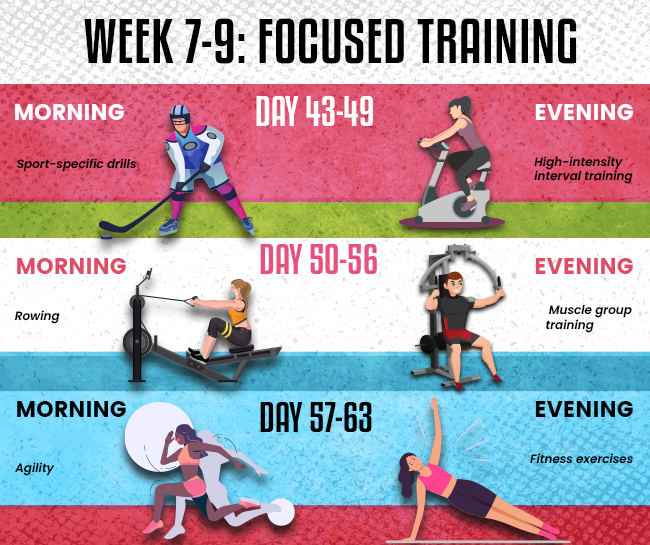
Day 43-49:
- Morning: 45-minute technical skill training (e.g., sport-specific drills, outdoor)
- Evening: 45-minute high-intensity interval training (HIIT)
Day 50-56:
- Morning: 45-minute endurance run or rowing (outdoor)
- Evening: 45-minute targeted muscle group training
Day 57-63:
- Morning: 45-minute agility and speed work (outdoor)
- Evening: 45-minute functional fitness exercises
Week 10-11: Final Push
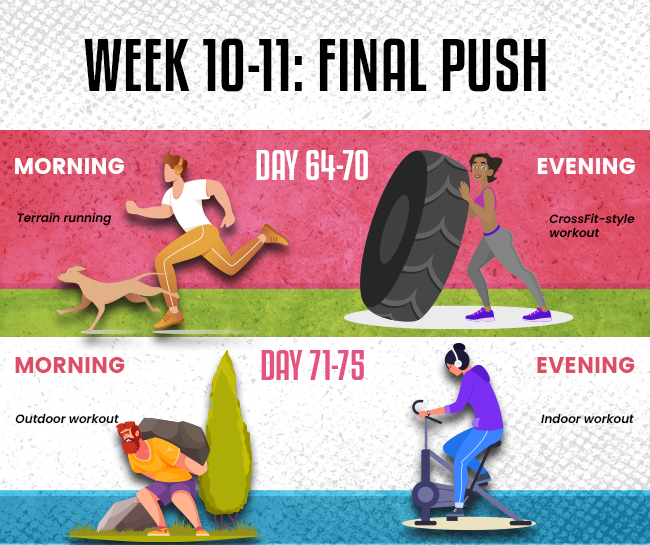
Day 64-70:
- Morning: 45-minute mixed terrain running (outdoor)
- Evening: 45-minute CrossFit-style workout
Day 71-75:
- Morning: 45-minute favorite outdoor workout
- Evening: 45-minute favorite indoor workout, focusing on weak areas
75 Hard Diet Ideas
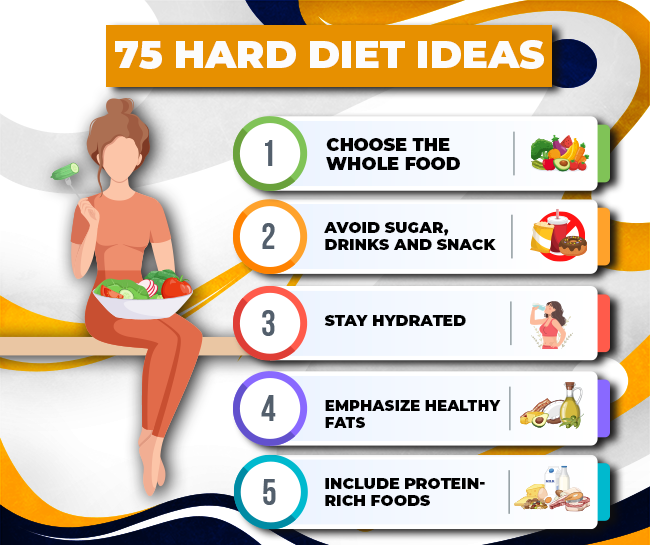
The 75 Hard Challenge is as much about nourishing the body as it is about pushing physical limits. Here are some diet ideas that can be integrated:
- Choose Whole Foods: Opt for unprocessed, whole foods such as fresh fruits, vegetables, lean proteins, whole grains, and healthy fats.
- Avoid Sugary Drinks and Snacks: Cut out sodas, candies, and other sugary treats that can derail your progress.
- Stay Hydrated: Drink plenty of water throughout the day. Some participants also include herbal teas and fresh fruit juices.
- Monitor Portion Sizes: Eating controlled portions helps in managing caloric intake, essential for weight management and energy balance.
- Include Protein-Rich Foods: Incorporate lean meats, fish, eggs, and plant-based proteins to support muscle recovery and growth.
- Emphasize Healthy Fats: Include sources of healthy fats like avocados, nuts, olive oil, and fish, which provide sustained energy.
- Limit or Eliminate Alcohol: Alcohol can hinder progress and affect recovery, so it’s best to limit or eliminate it during the challenge.
- Consider Dietary Preferences and Restrictions: Whether you’re following a vegan, vegetarian, paleo, or other dietary plan, make sure to adapt the diet to fit your needs.
- Consult a Nutrition Professional if Needed: If you’re unsure about the best diet for your specific situation, considering professional guidance from a registered dietitian or nutritionist can be beneficial.
- Track Your Meals: Keeping a food journal can help you stay accountable and make necessary adjustments as you go.
💡 The diet should align with individual nutritional needs, preferences, and any dietary restrictions.
75 day hard challenge checklist
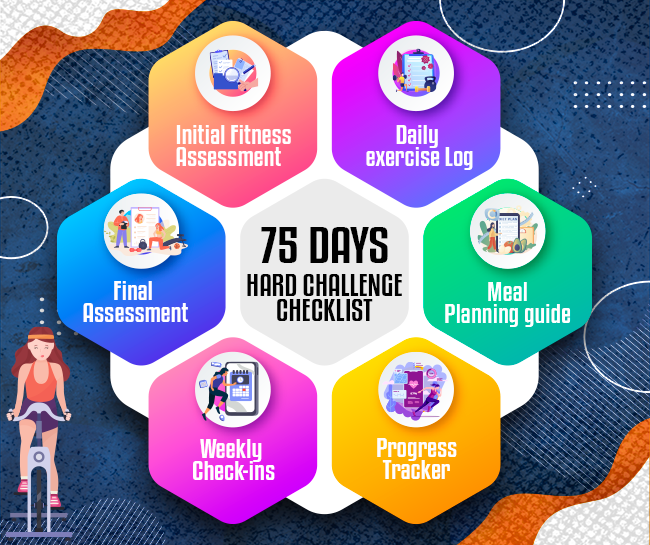
Having a clear and concise checklist helps clients stay on track and visualize their progress. Here’s a sample checklist:
- Initial Fitness Assessment: To determine starting points and goals.
- Daily Exercise Log: To track workouts and rest days.
- Meal Planning Guide: To organize weekly meals and ensure nutritional balance.
- Progress Tracker: To note improvements in strength, endurance, and overall fitness.
- Weekly Check-Ins: Scheduled meetings with the trainer to discuss challenges, successes, and make necessary adjustments.
- Final Assessment: To evaluate the overall success of the program and plan the next steps.
The 75 Hard Challenge demands dedication, persistence, and careful planning. By understanding each client’s unique needs and preferences, fitness professionals can craft a program that not only aligns with the challenge’s structure but also sets individuals up for true success.
Elevate your gym business with Spark Membership software. Streamline membership management, gain data-driven insights, and simplify scheduling.
